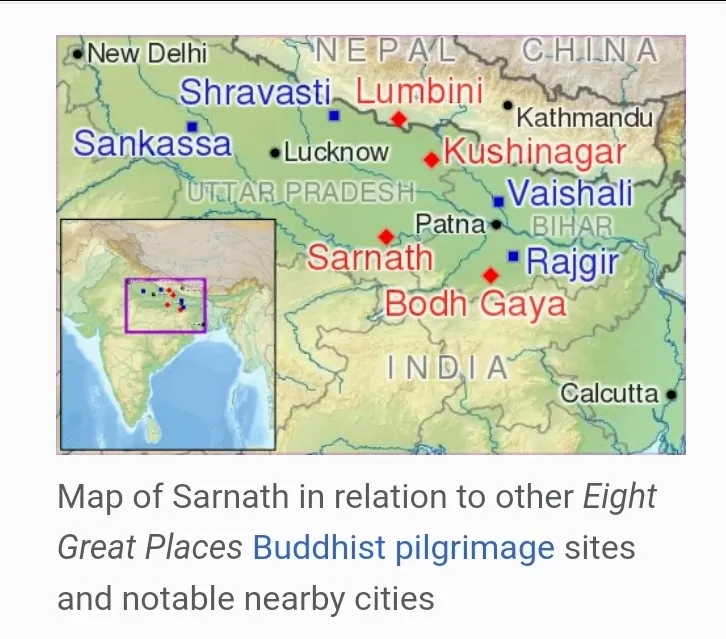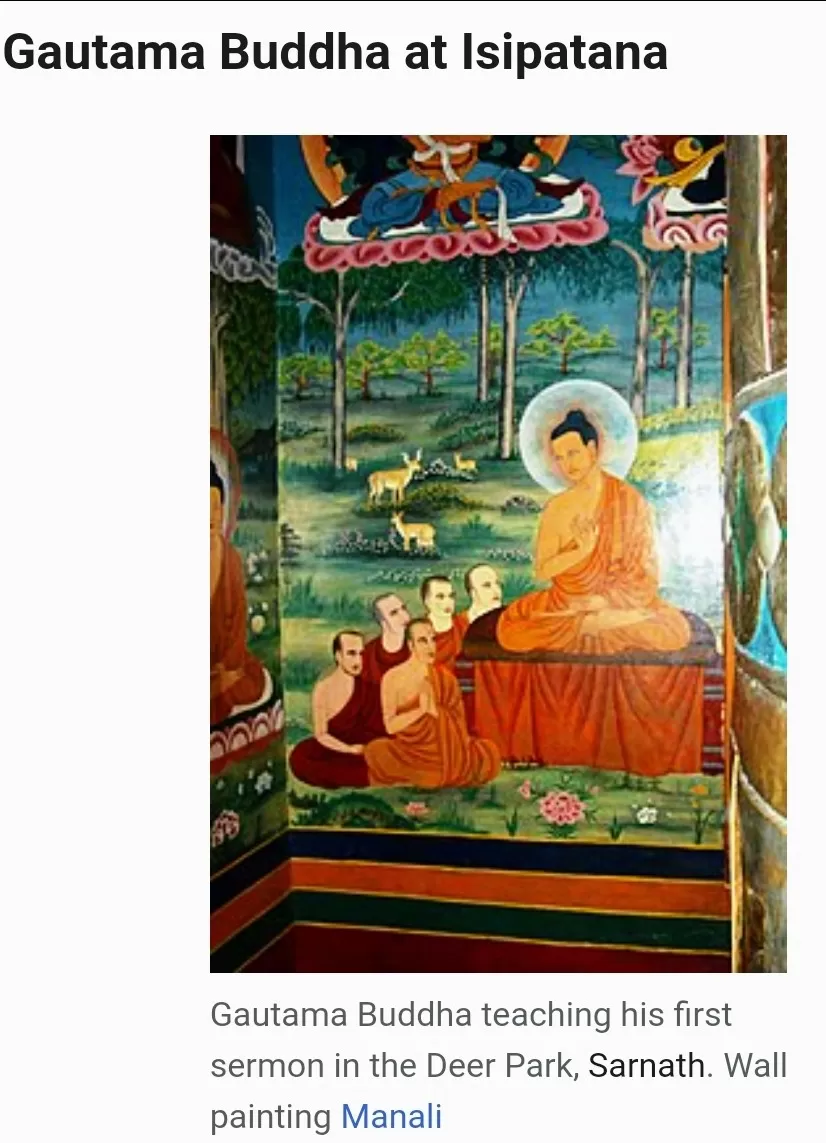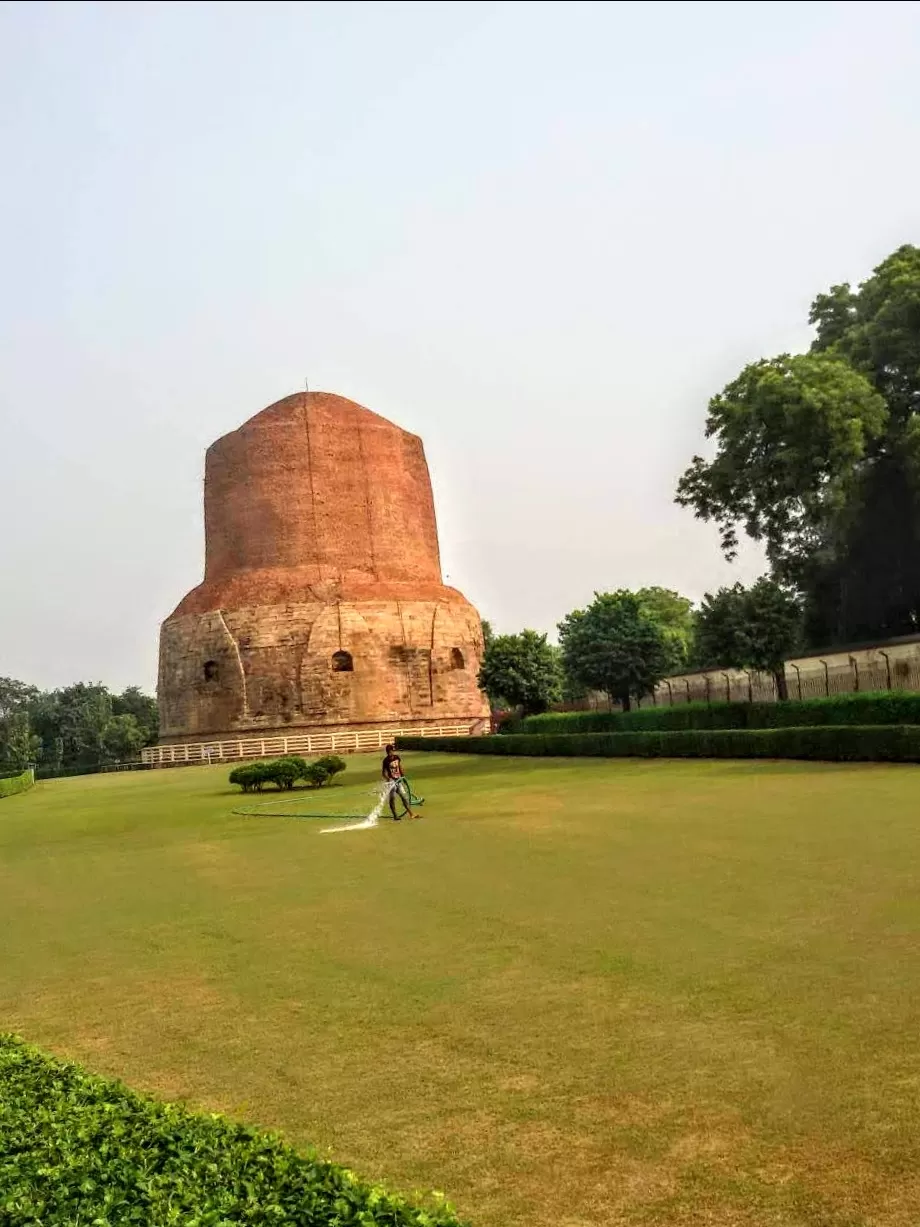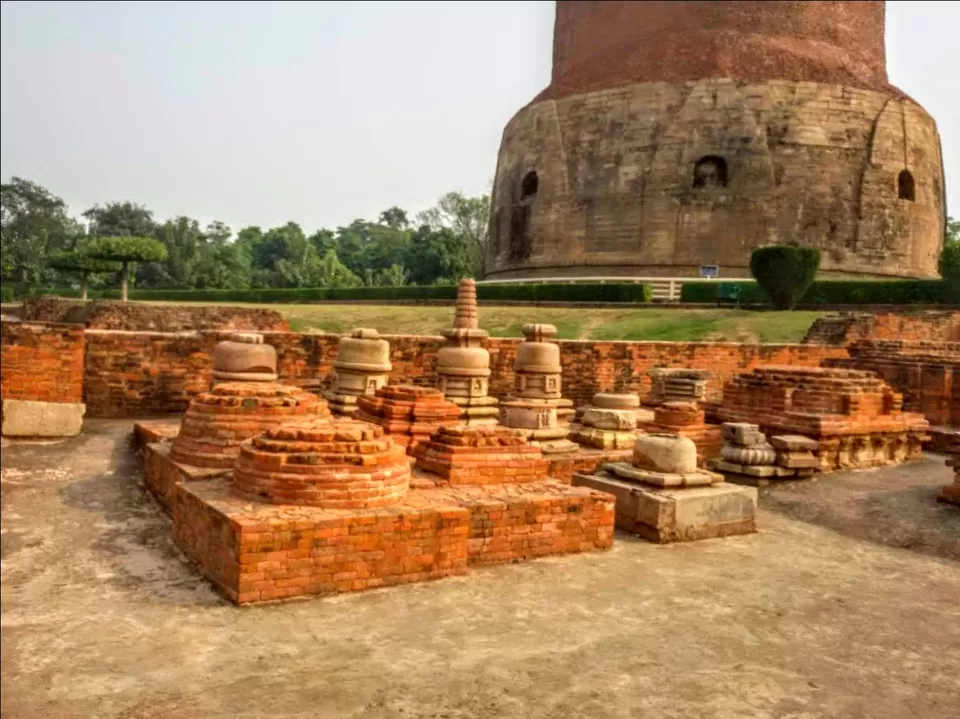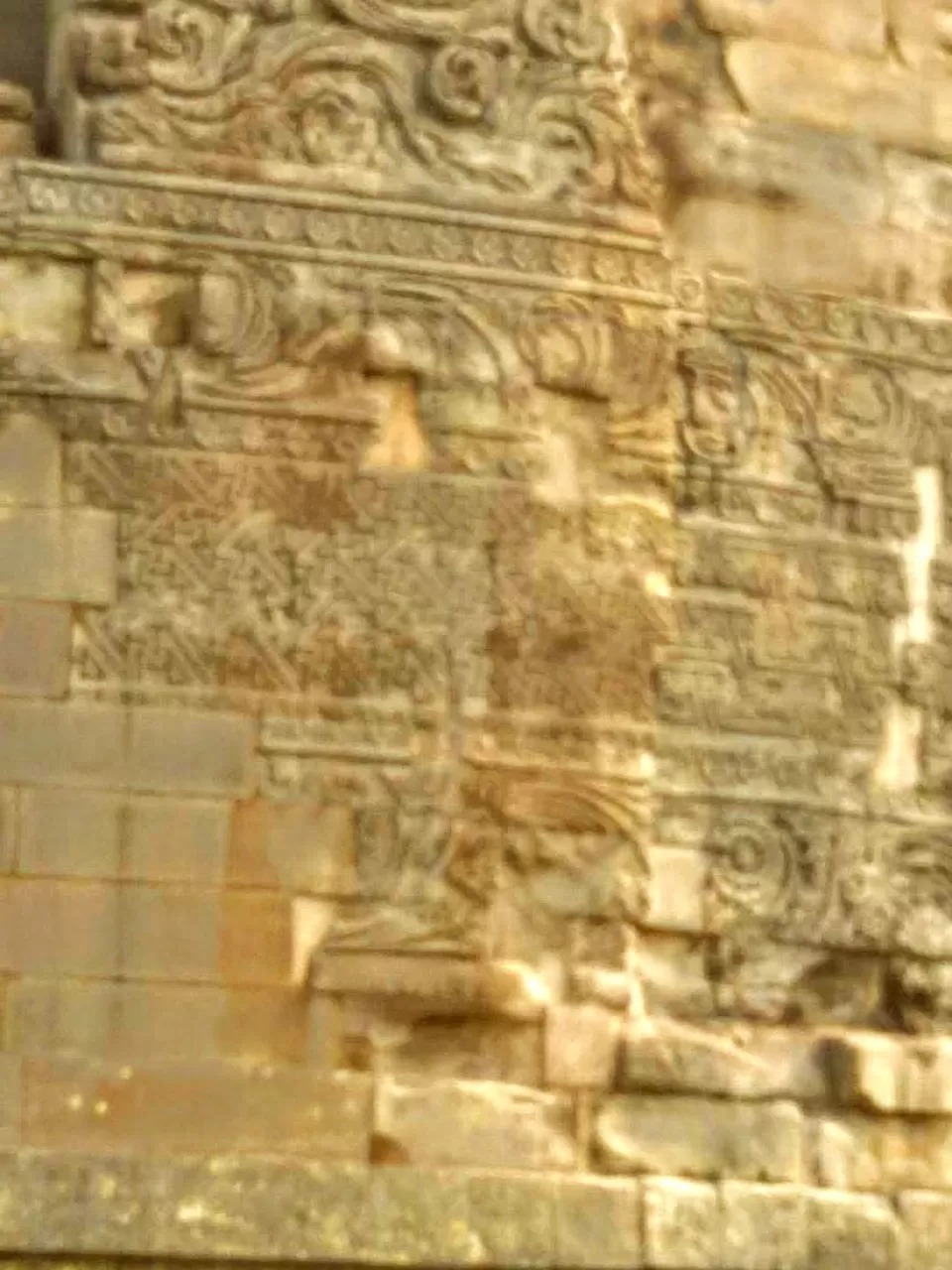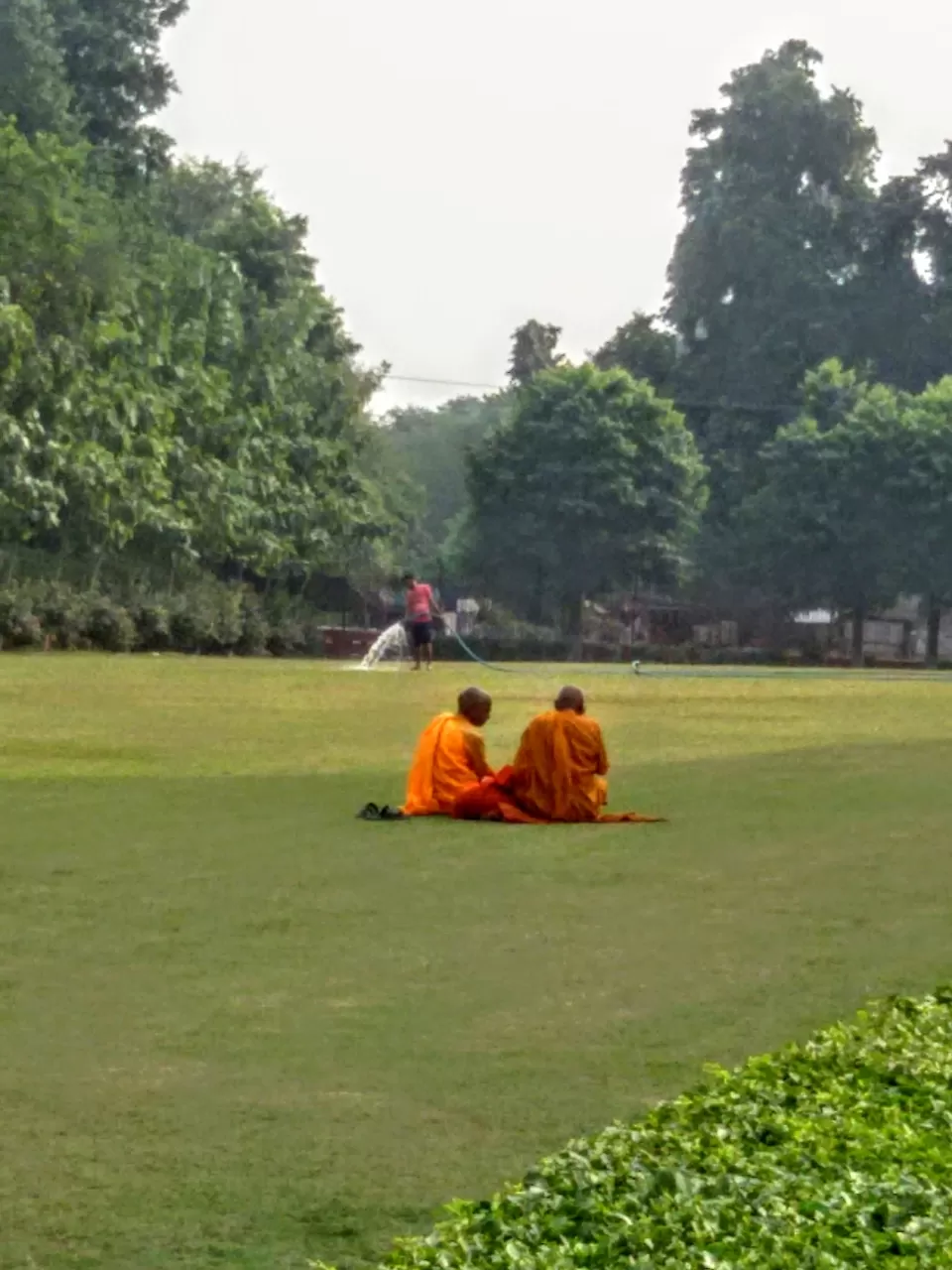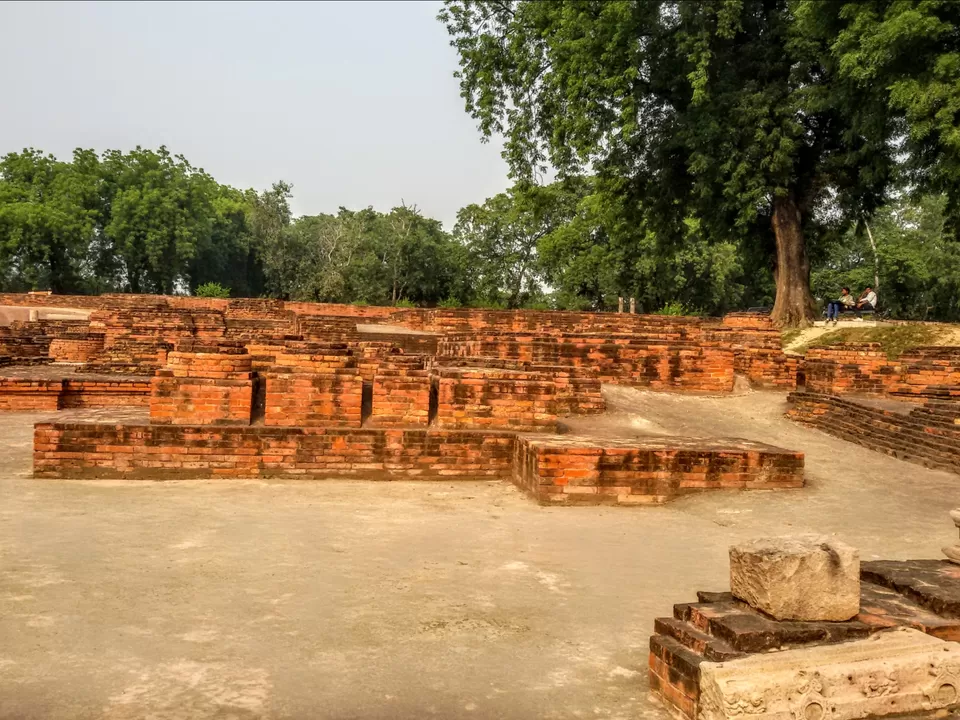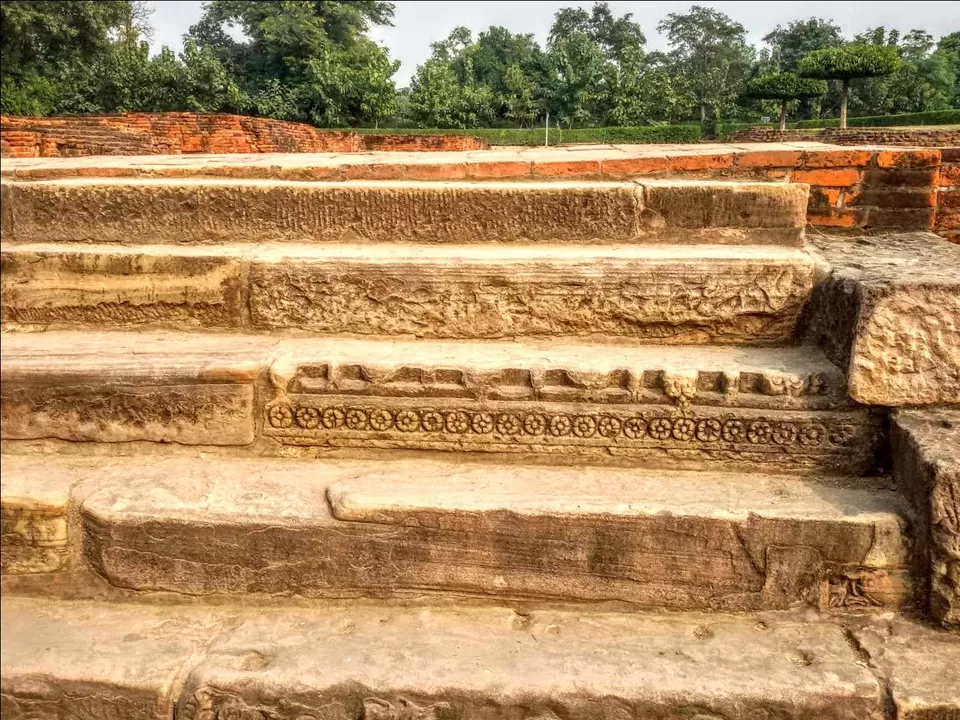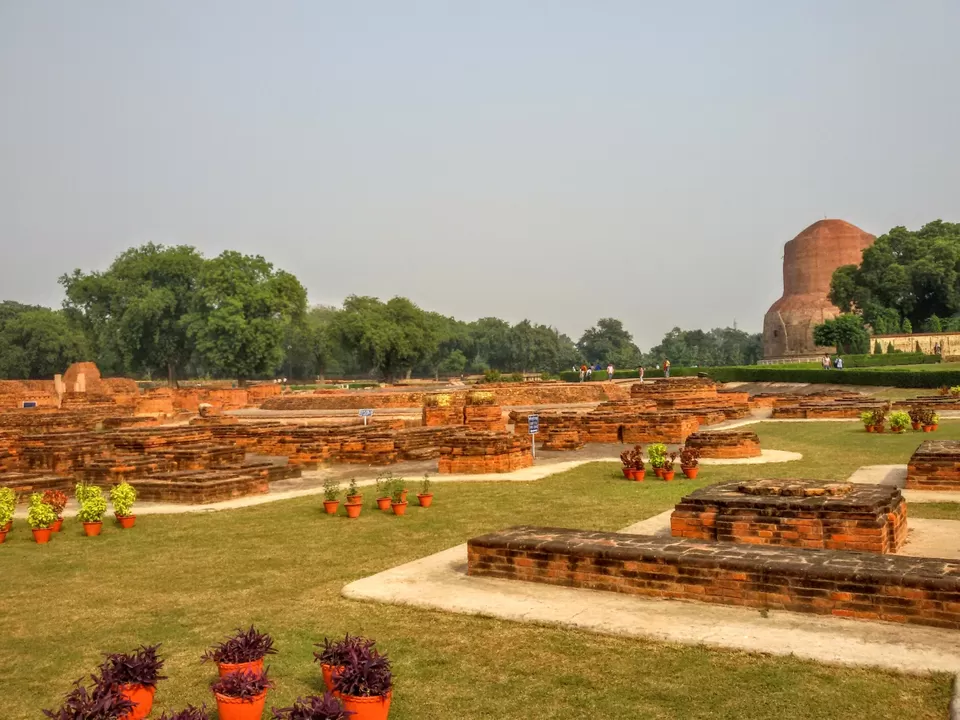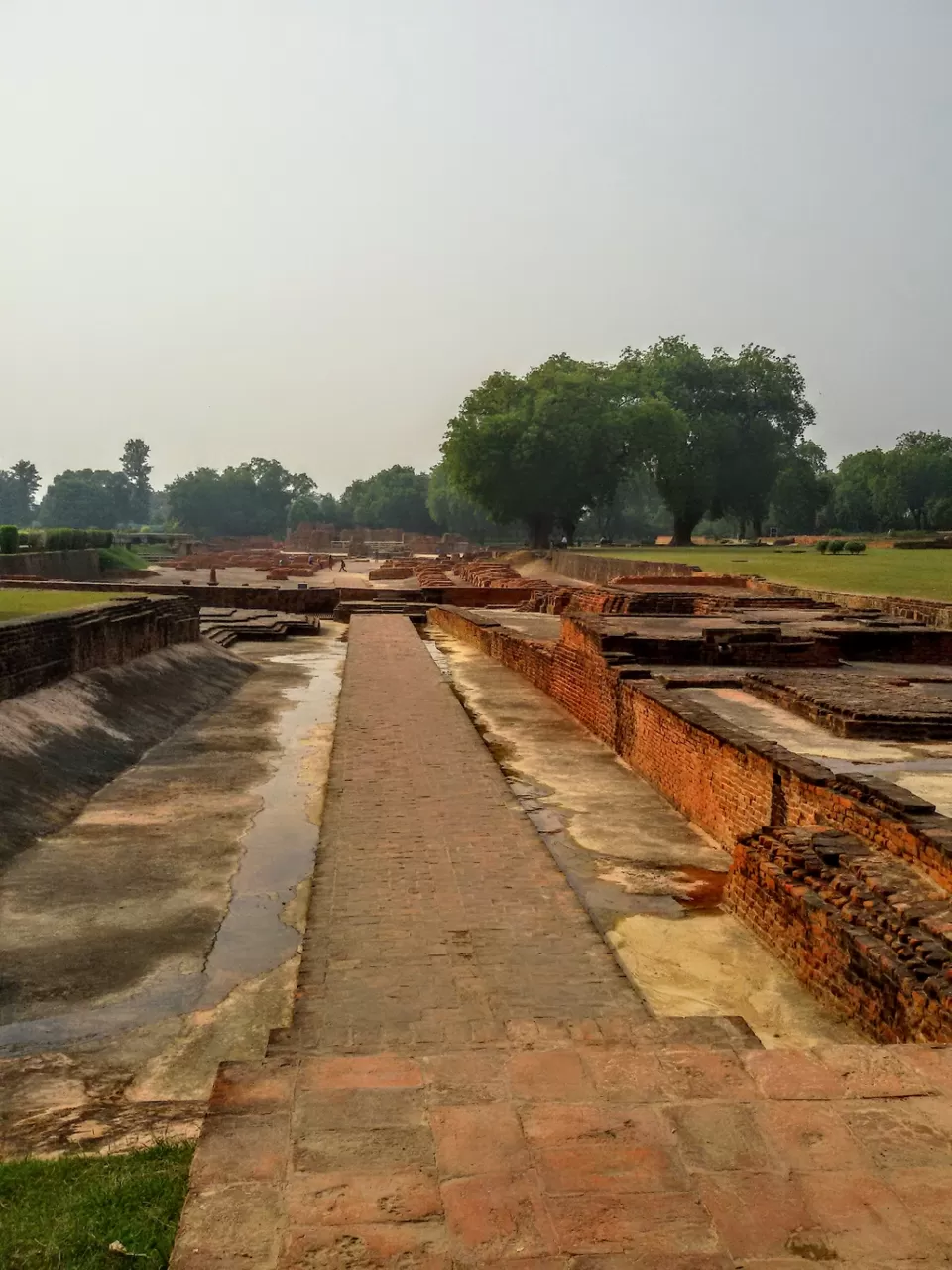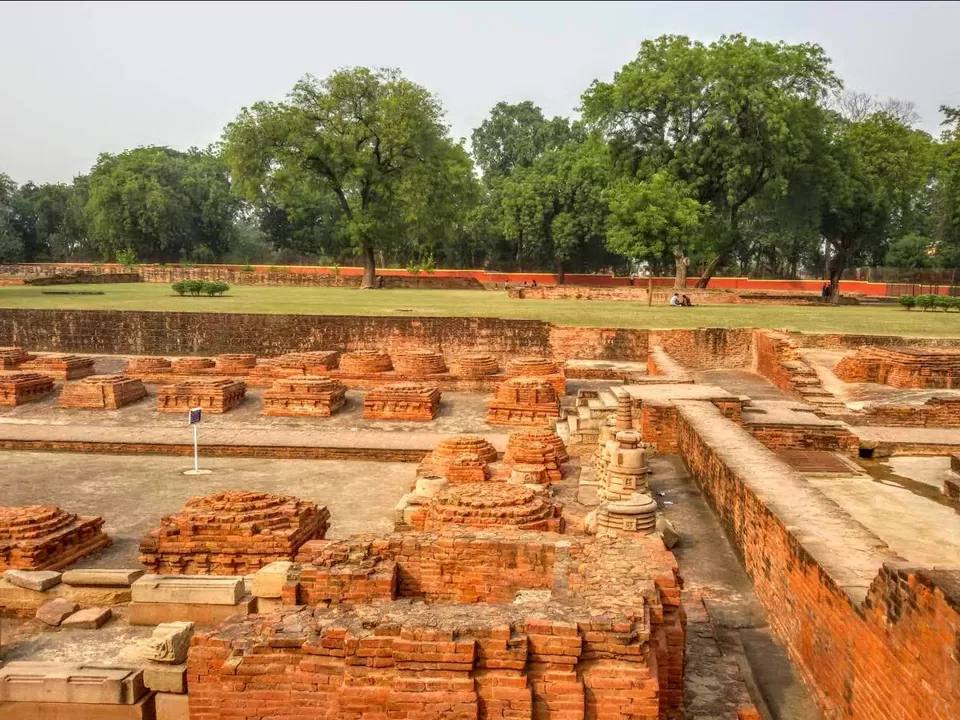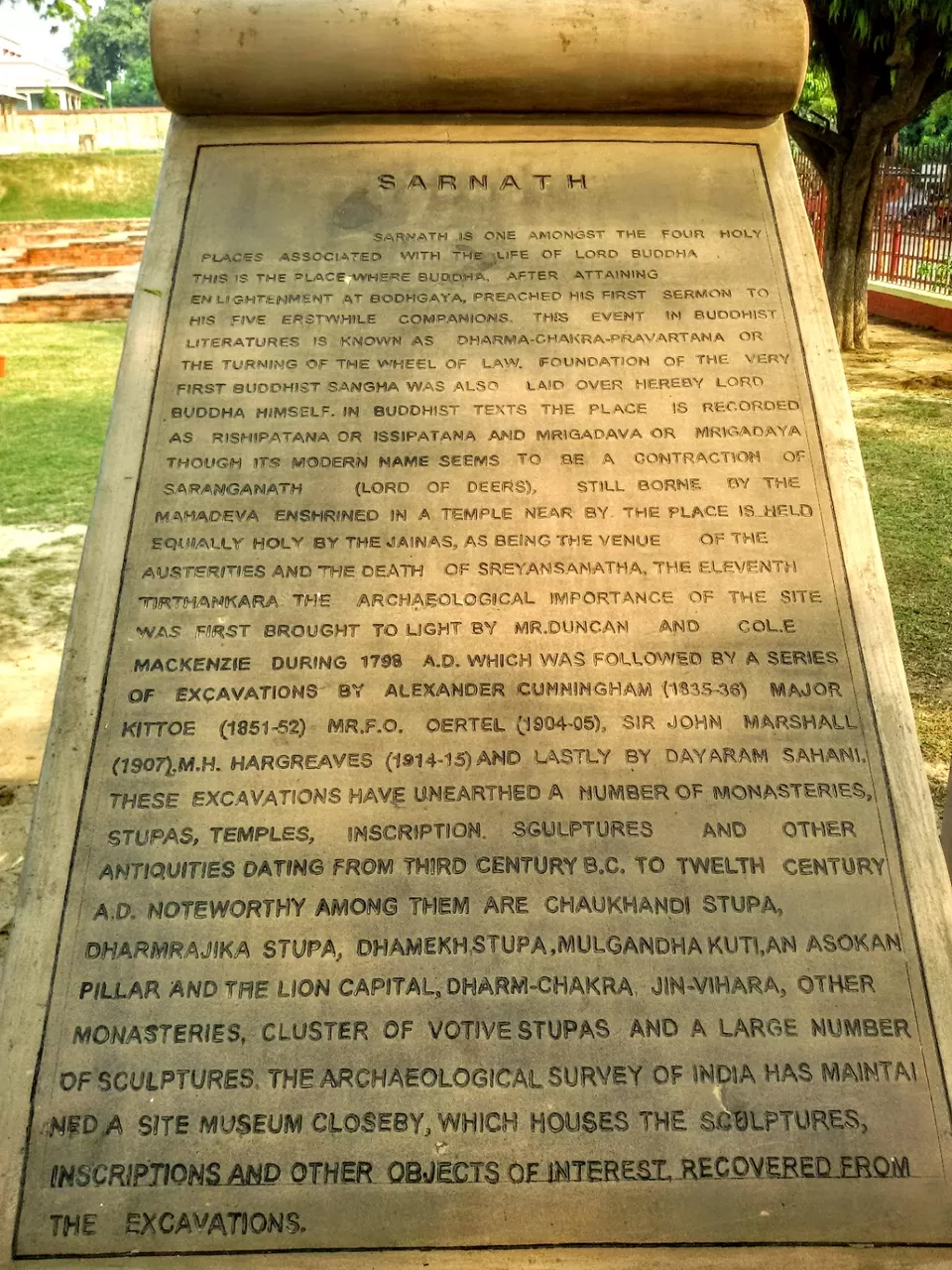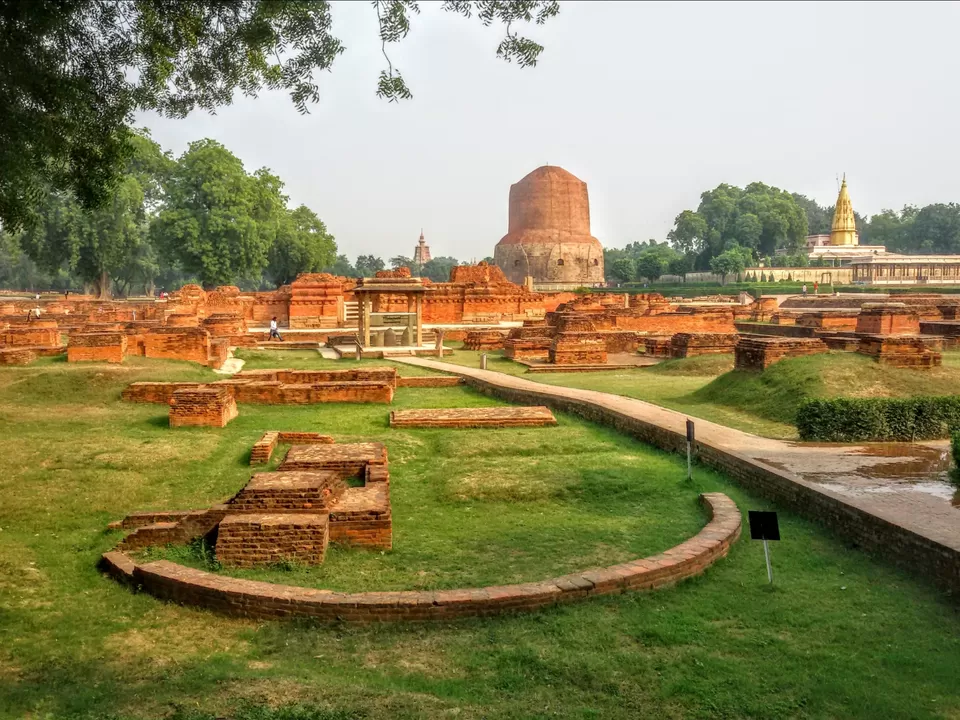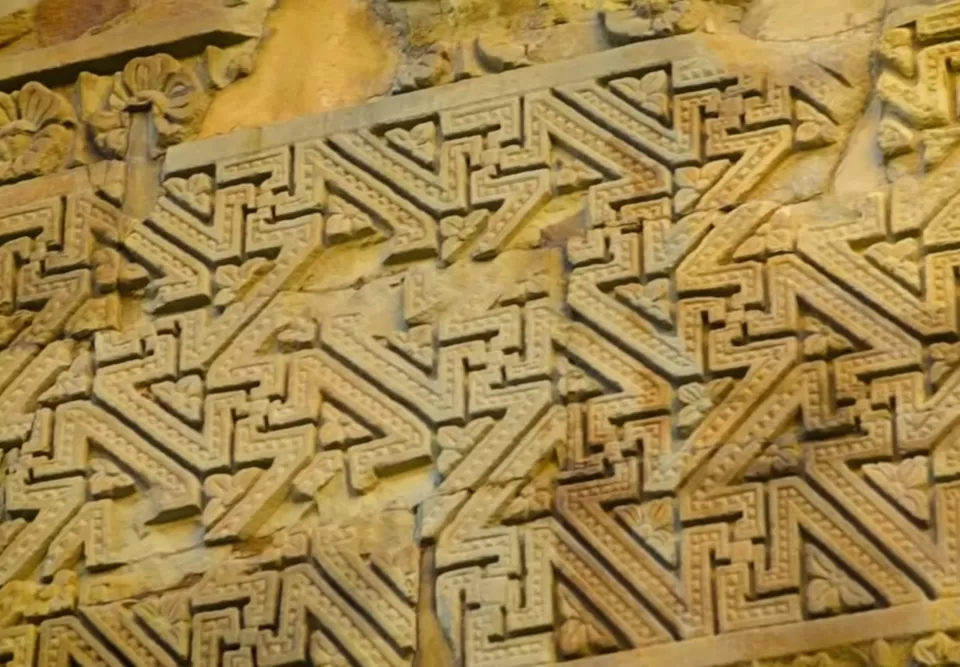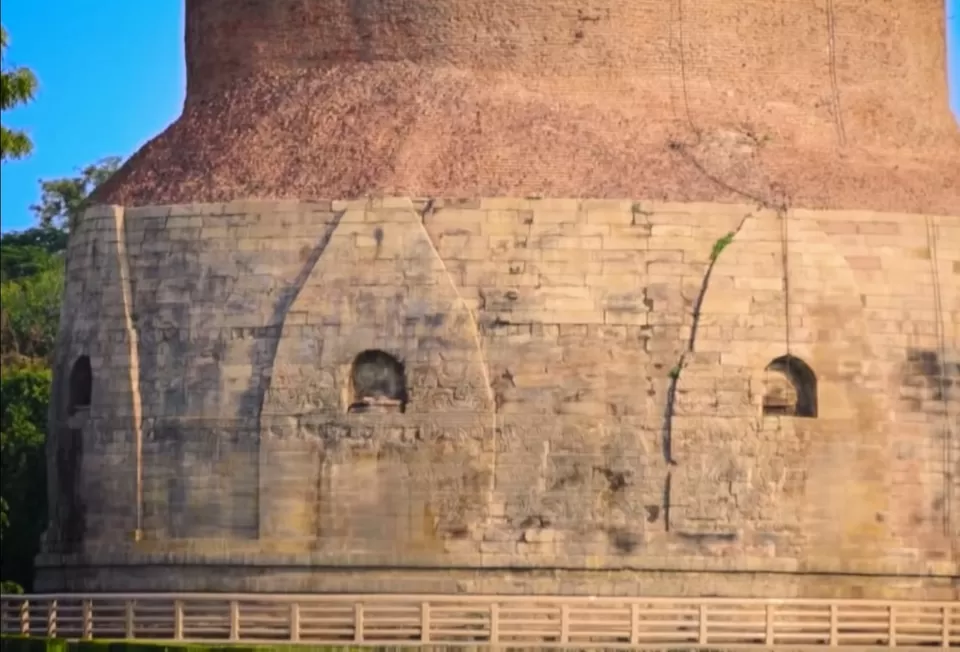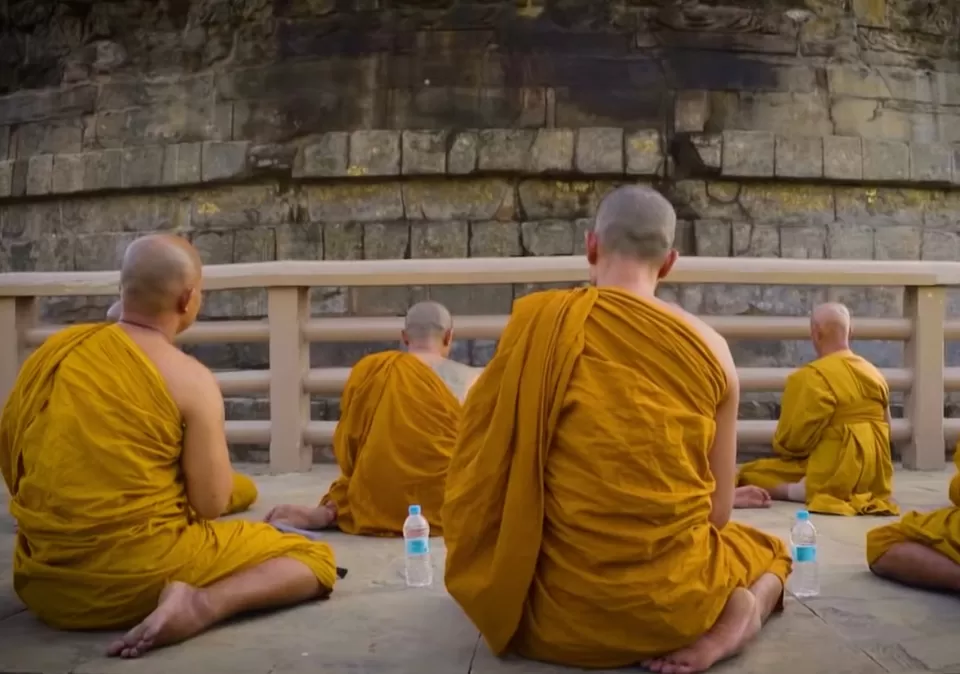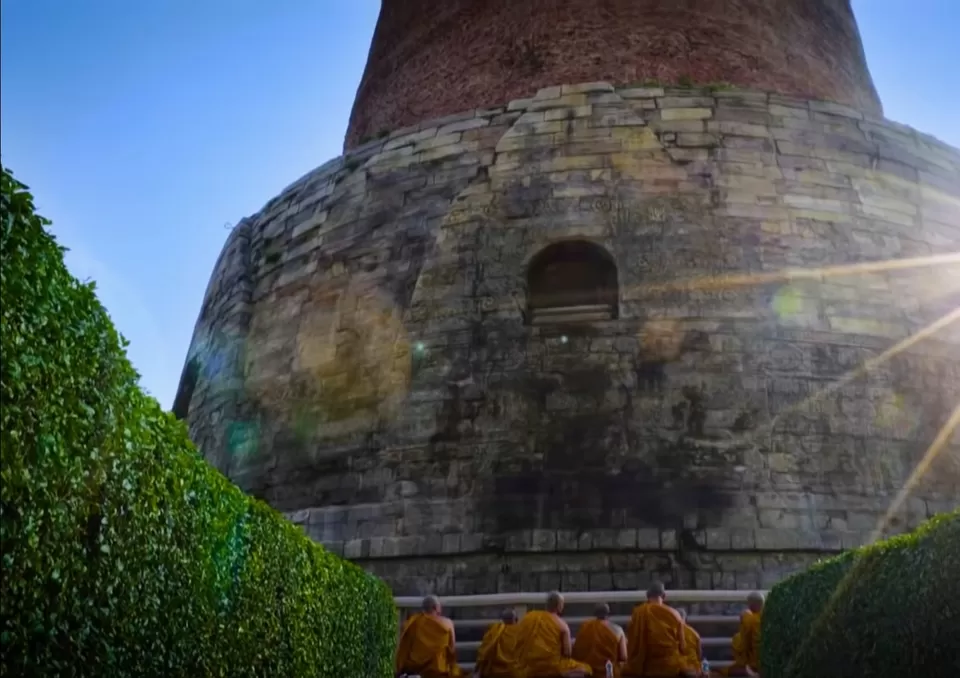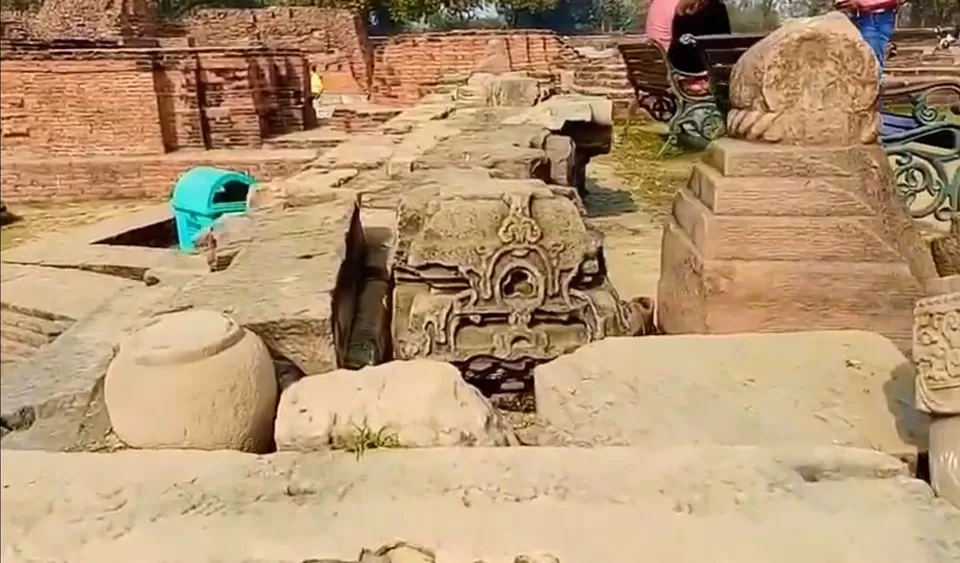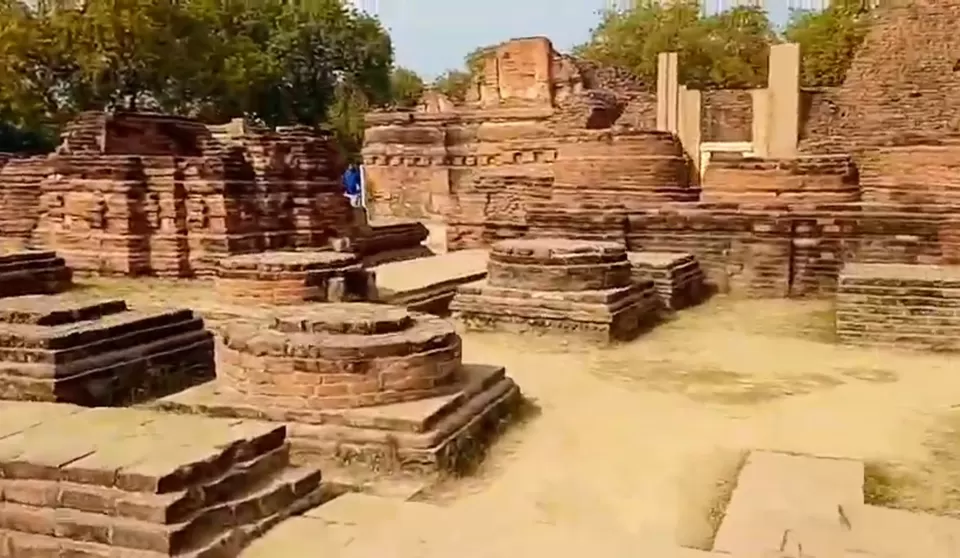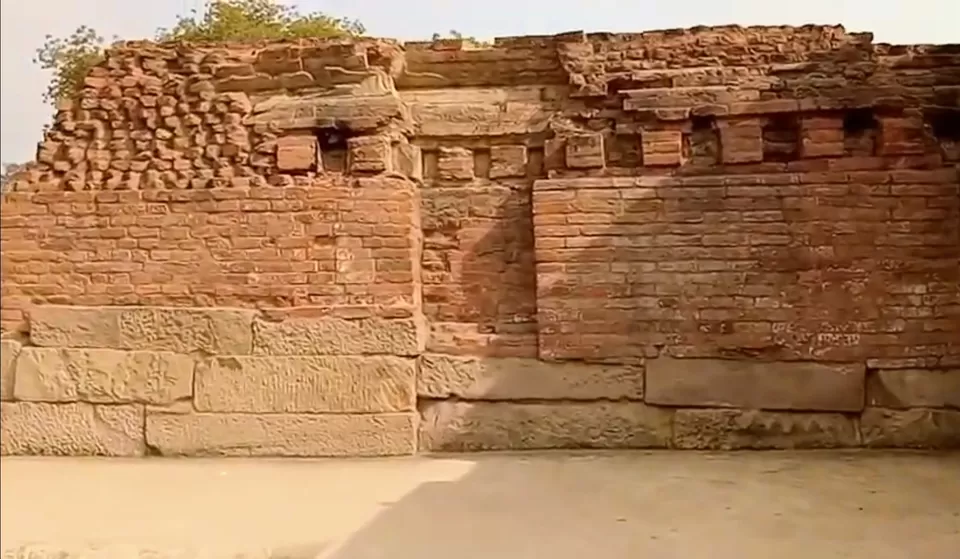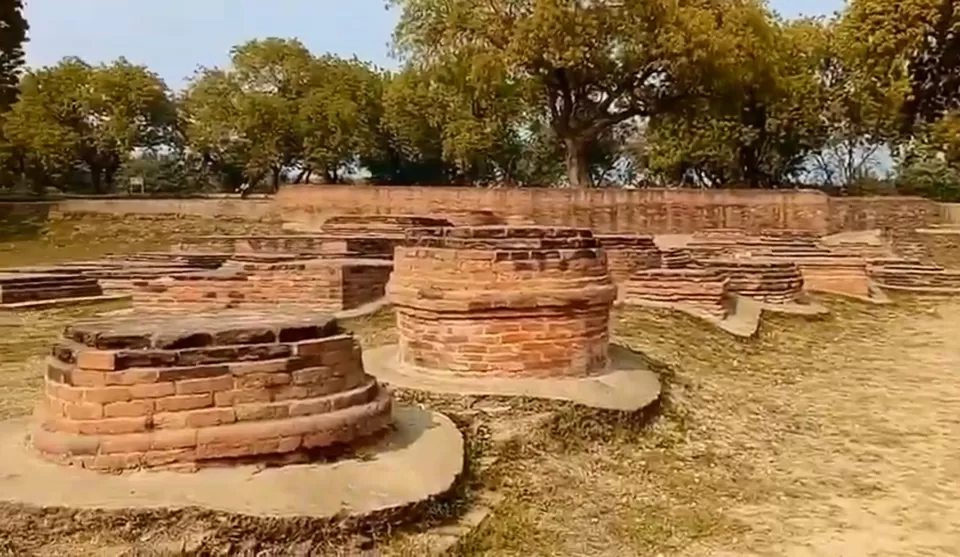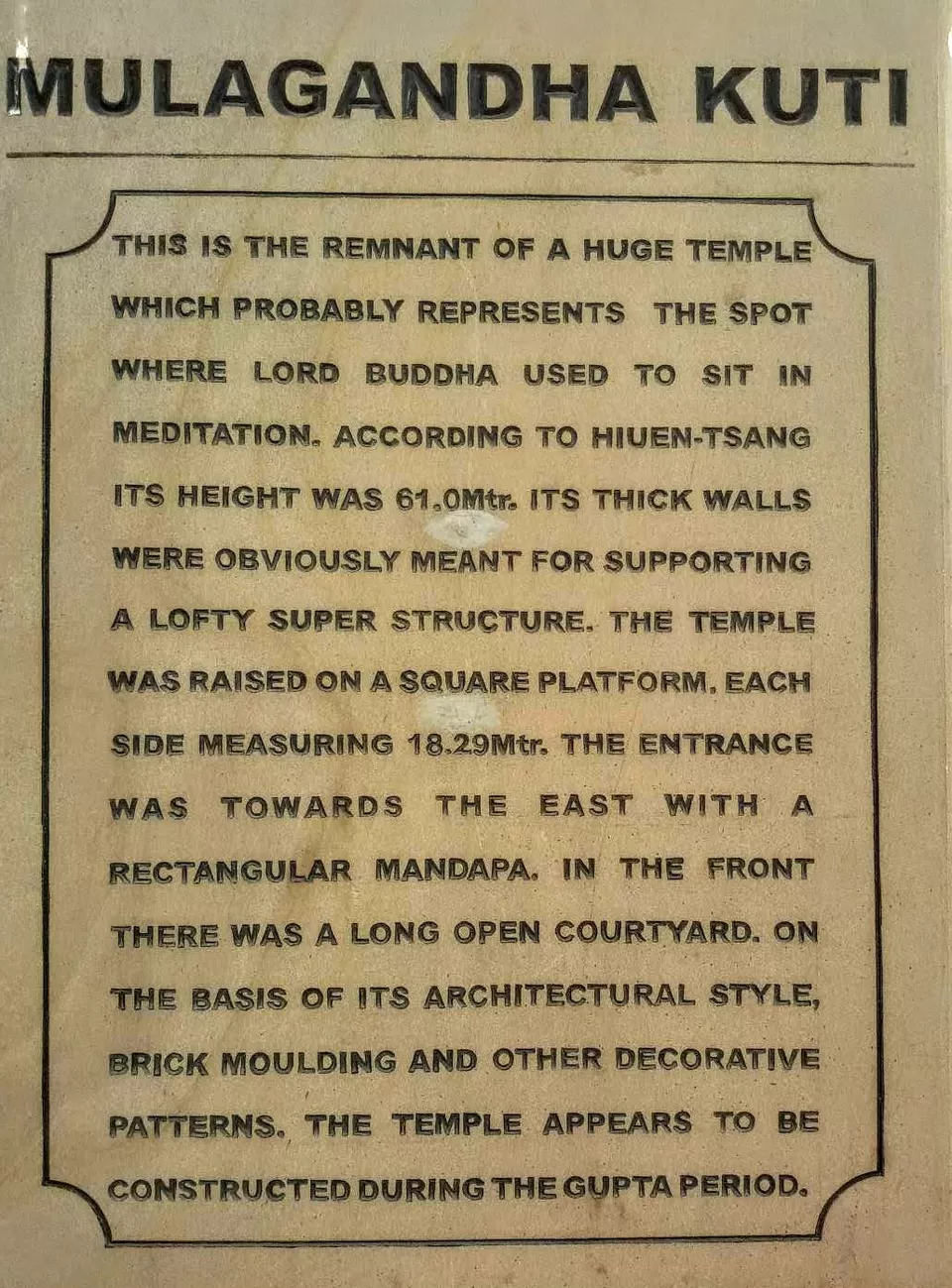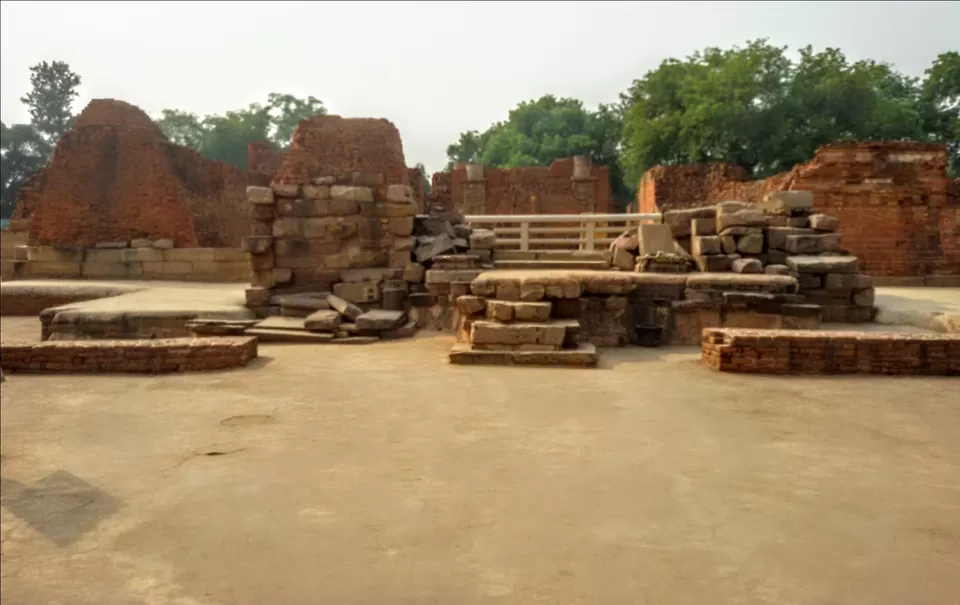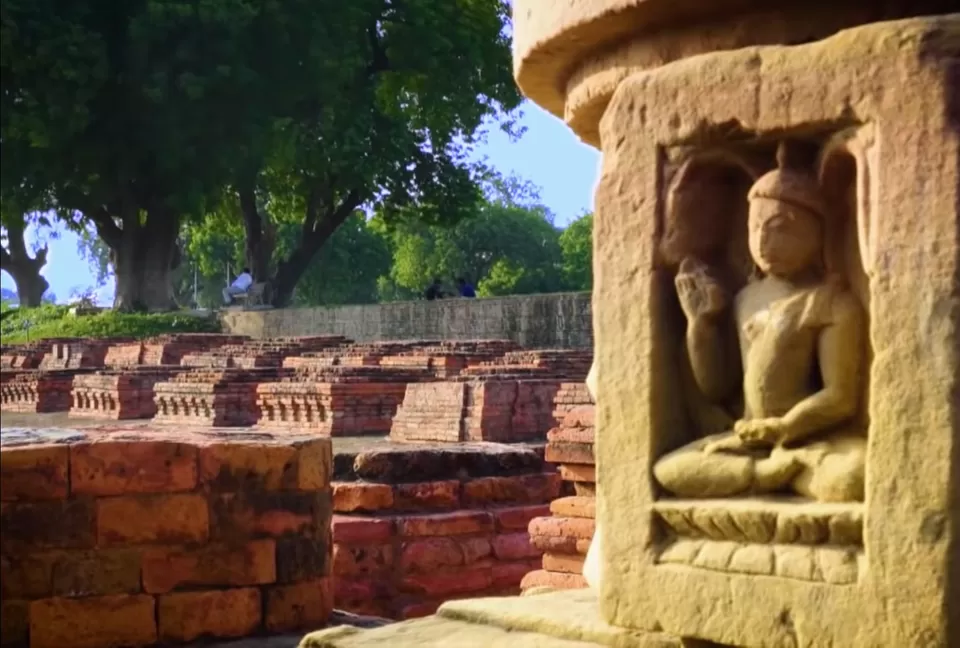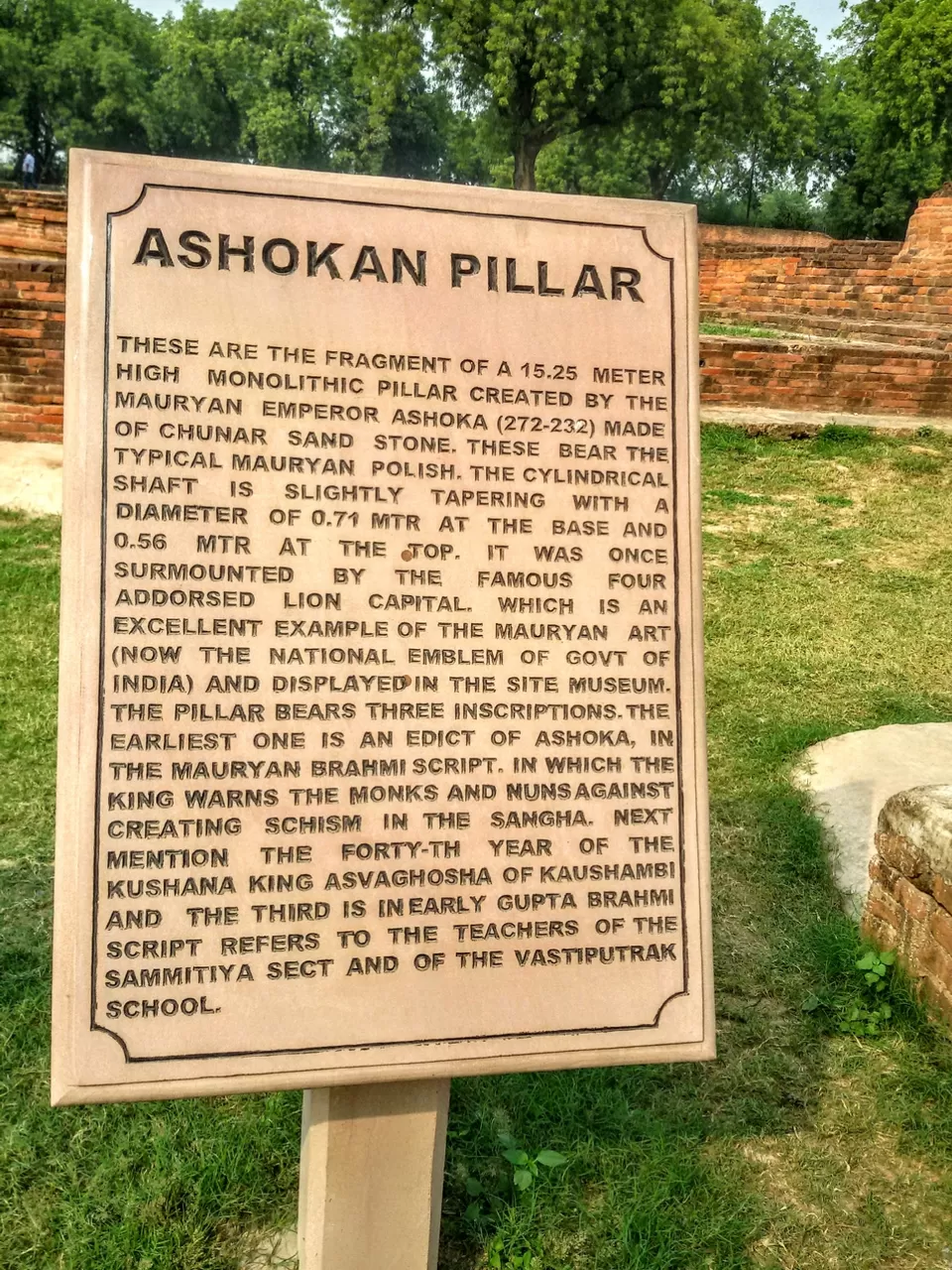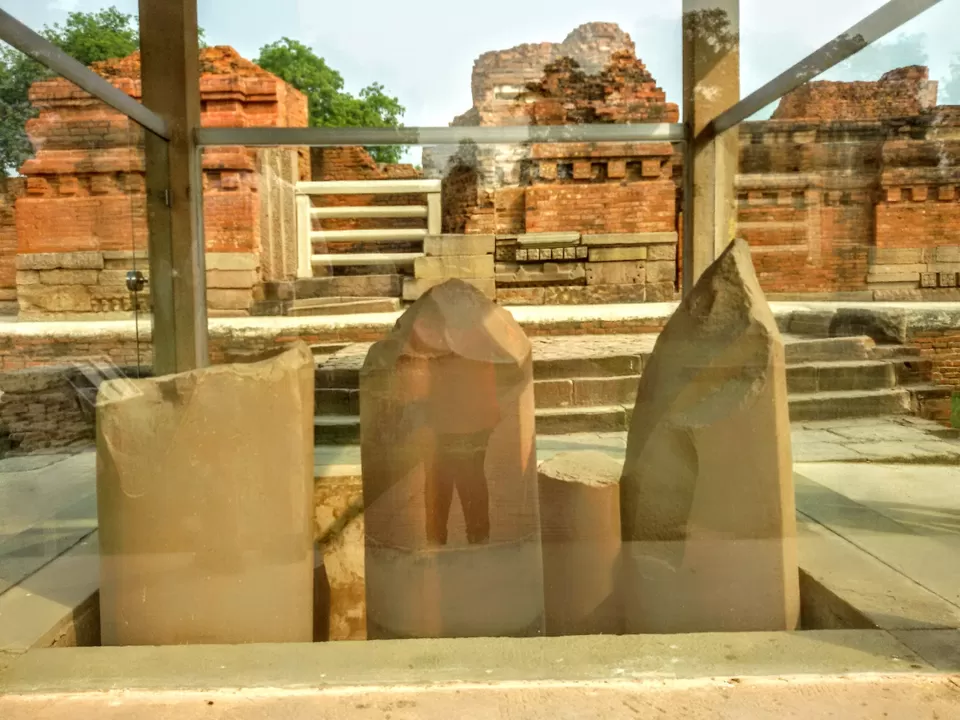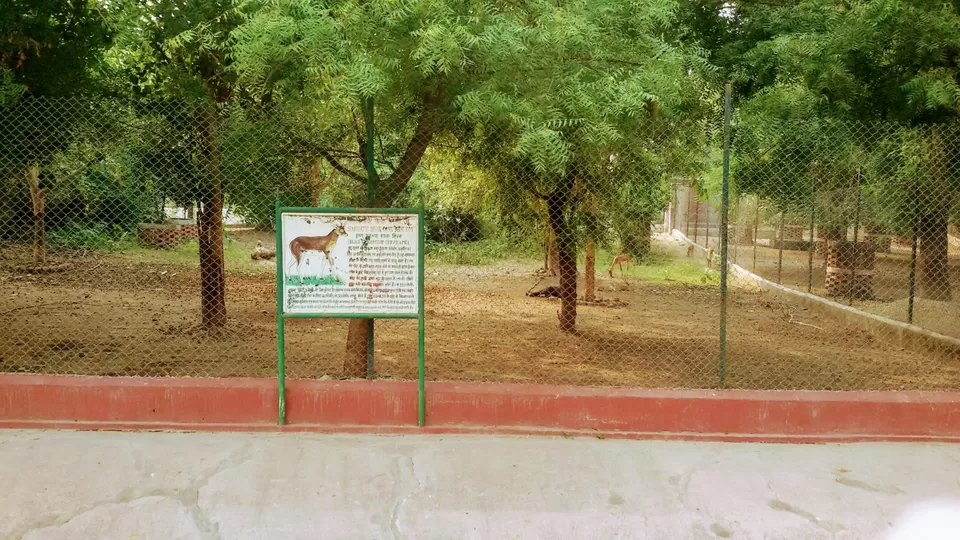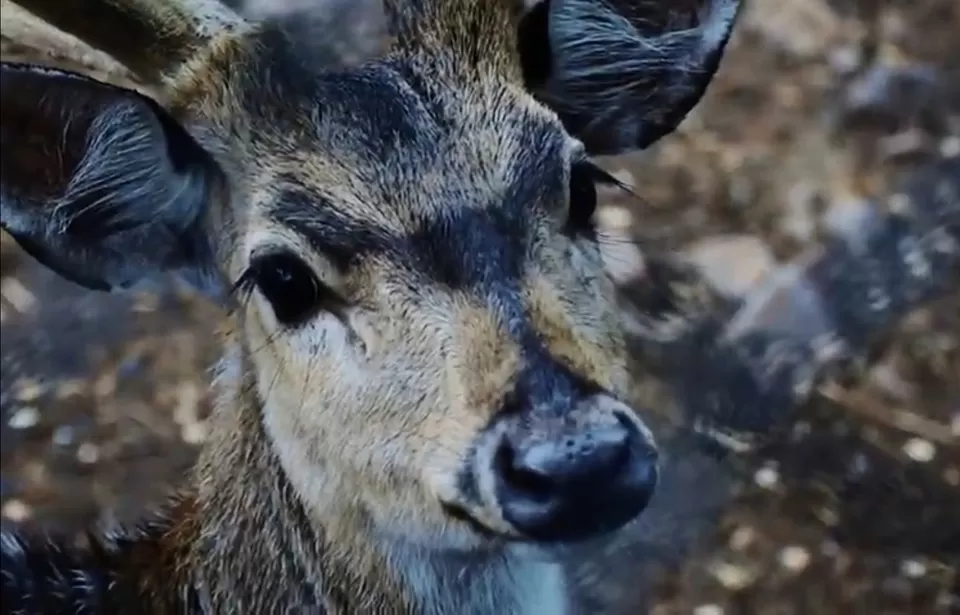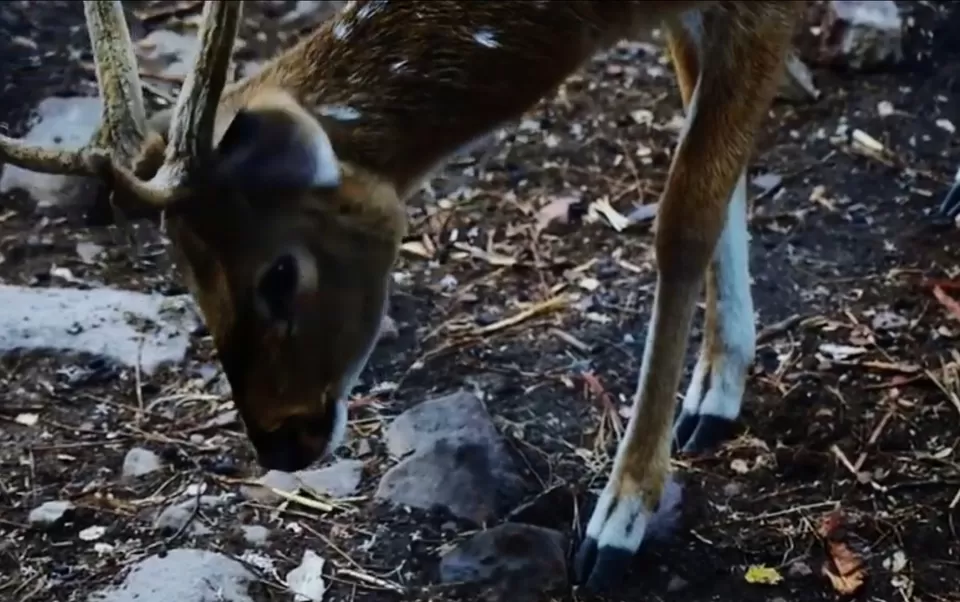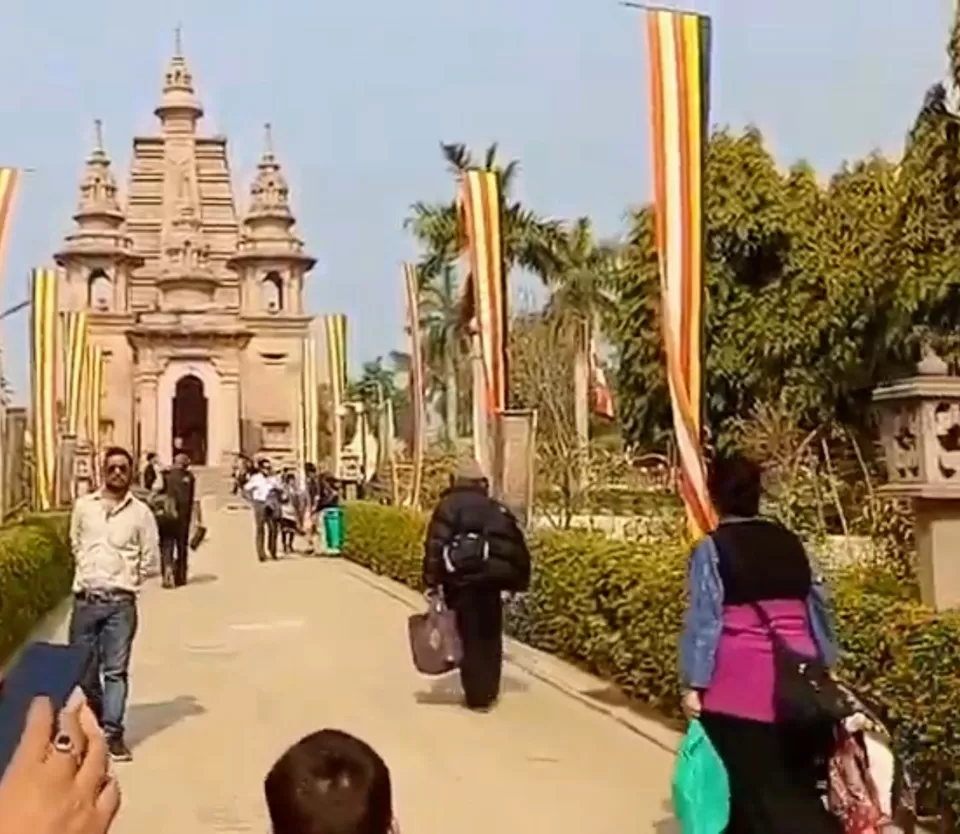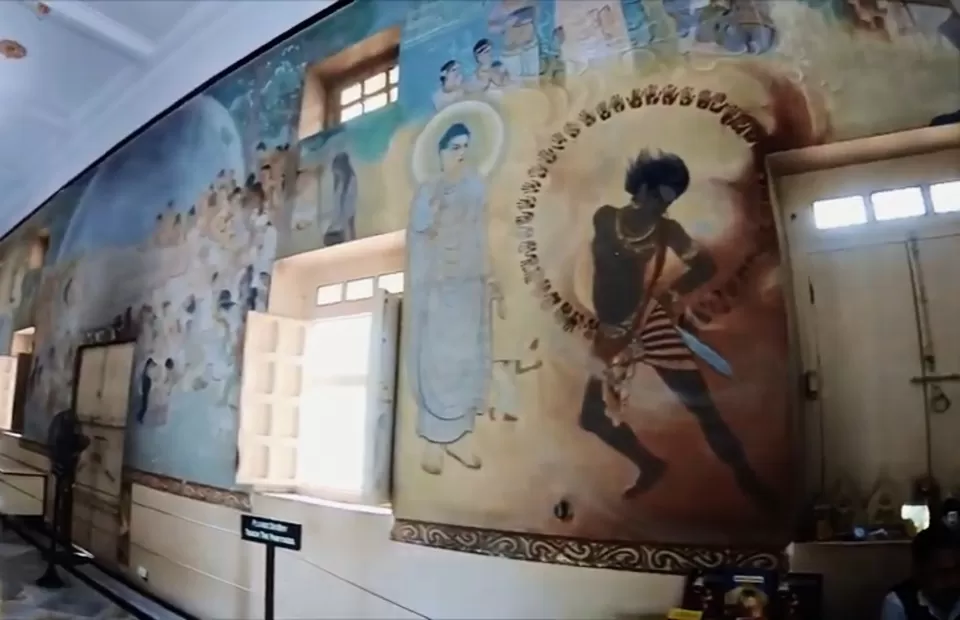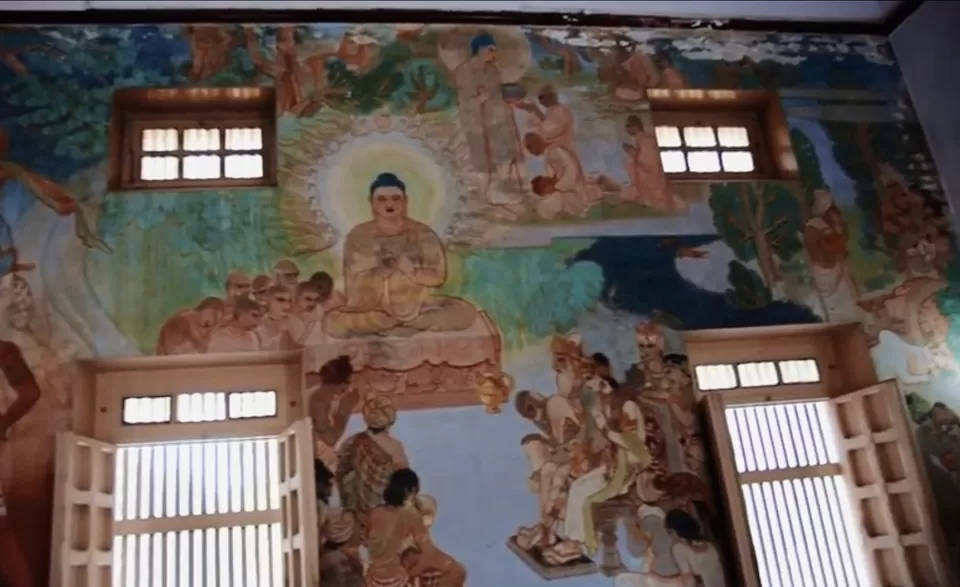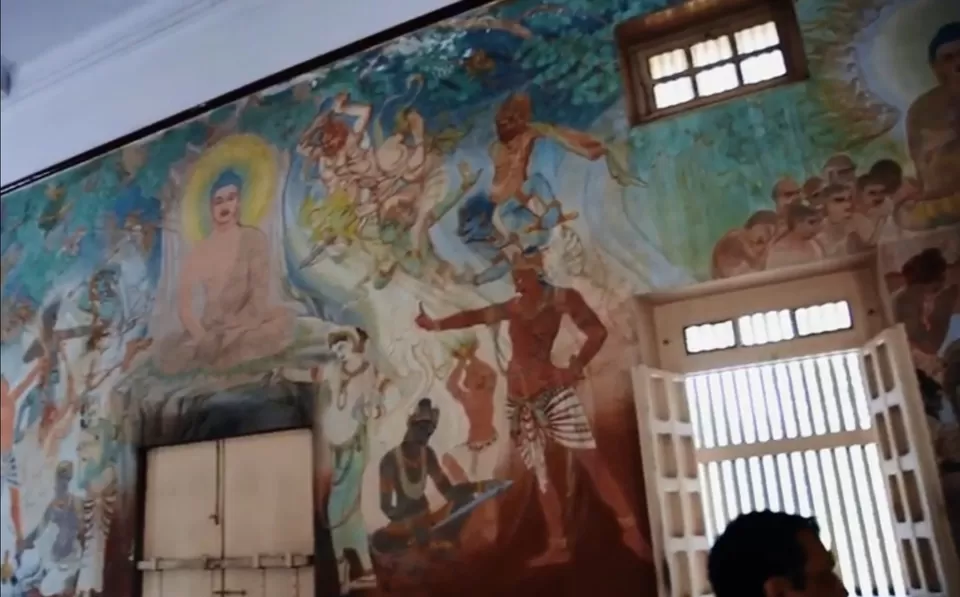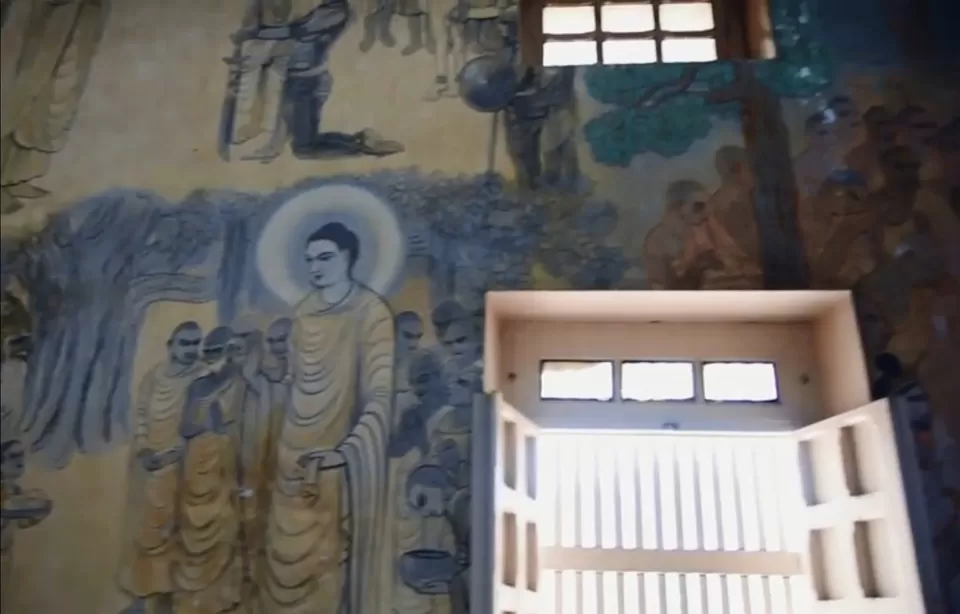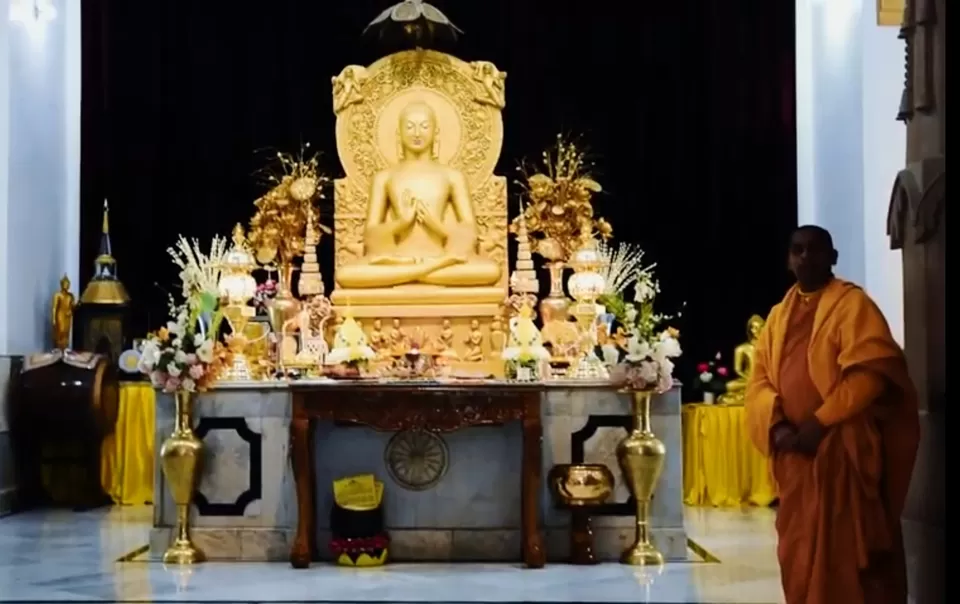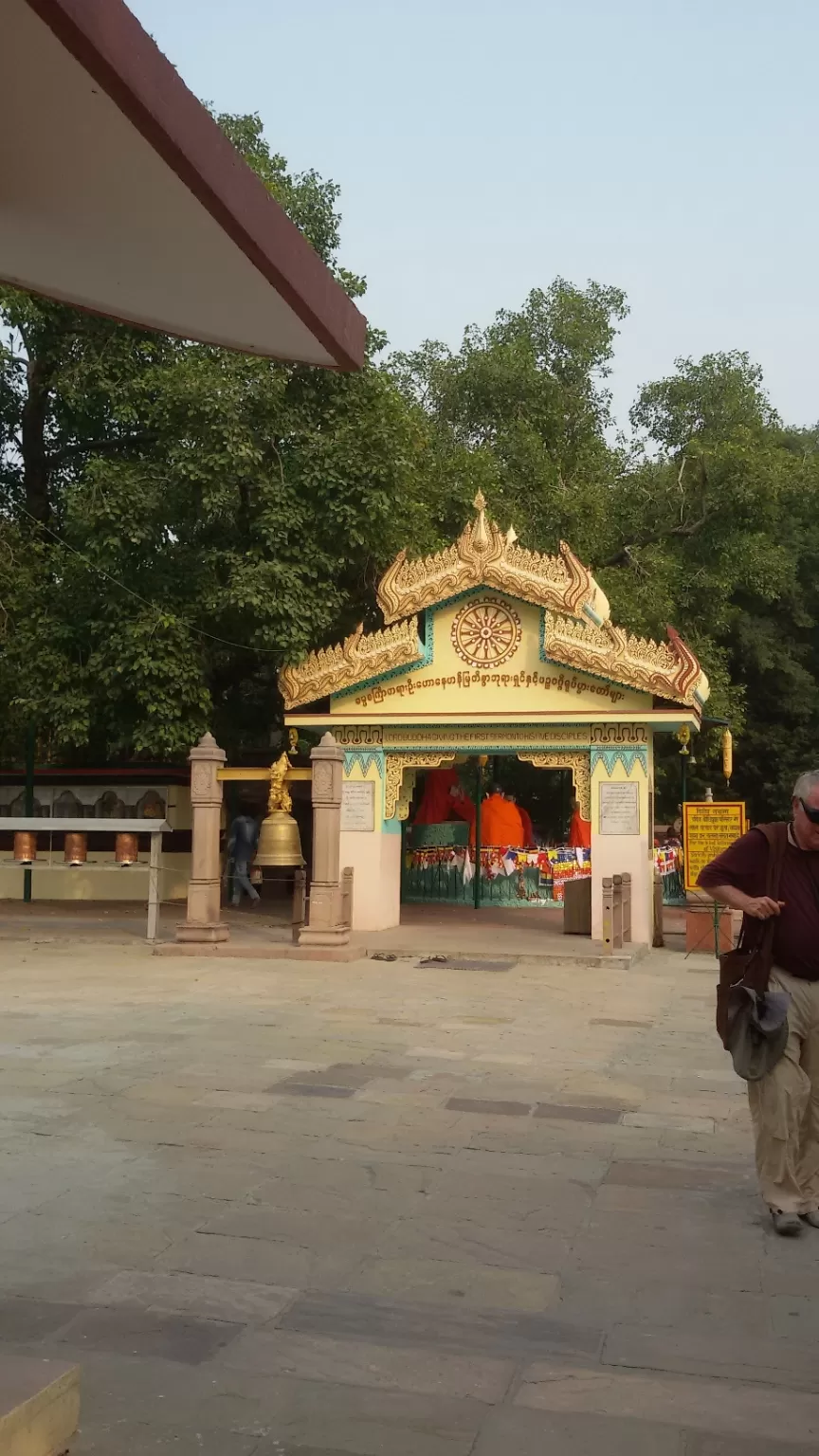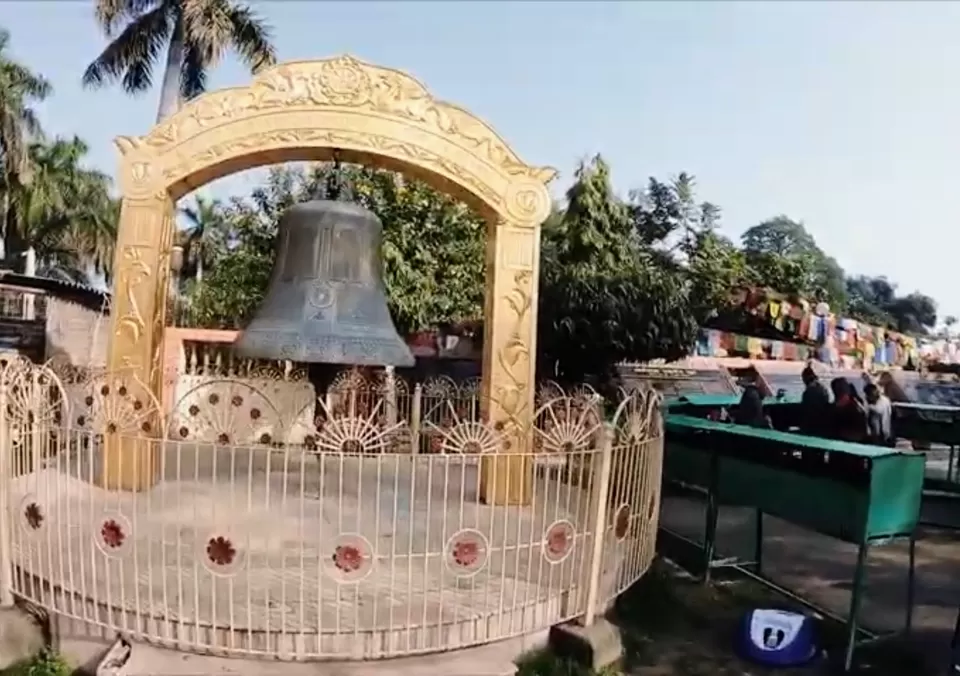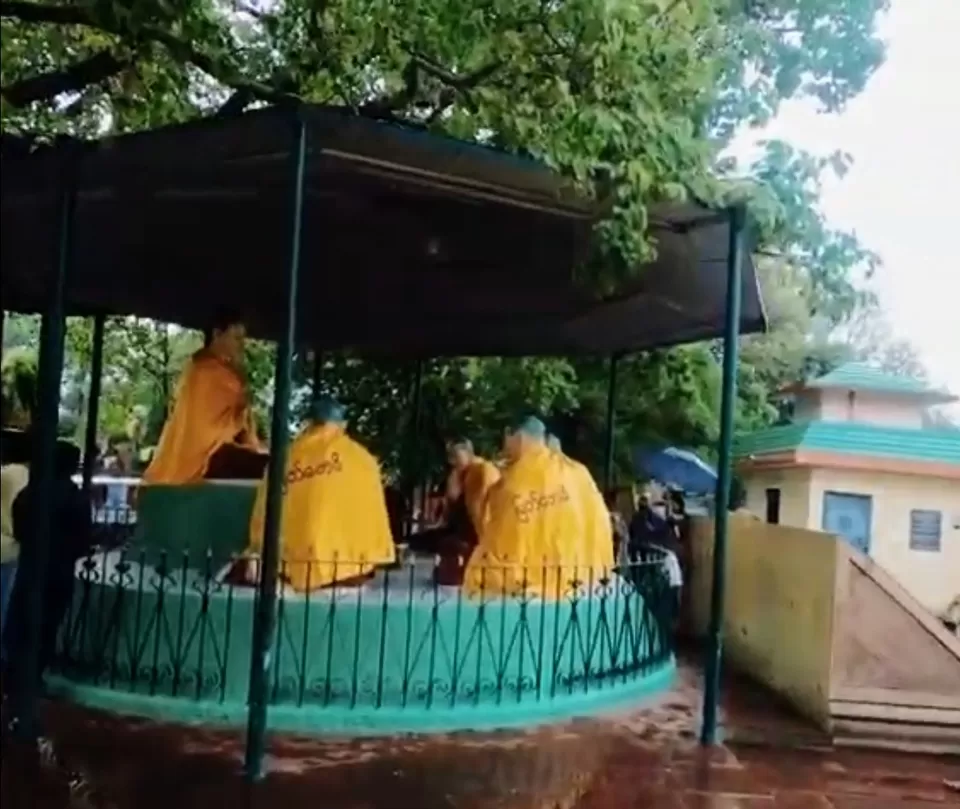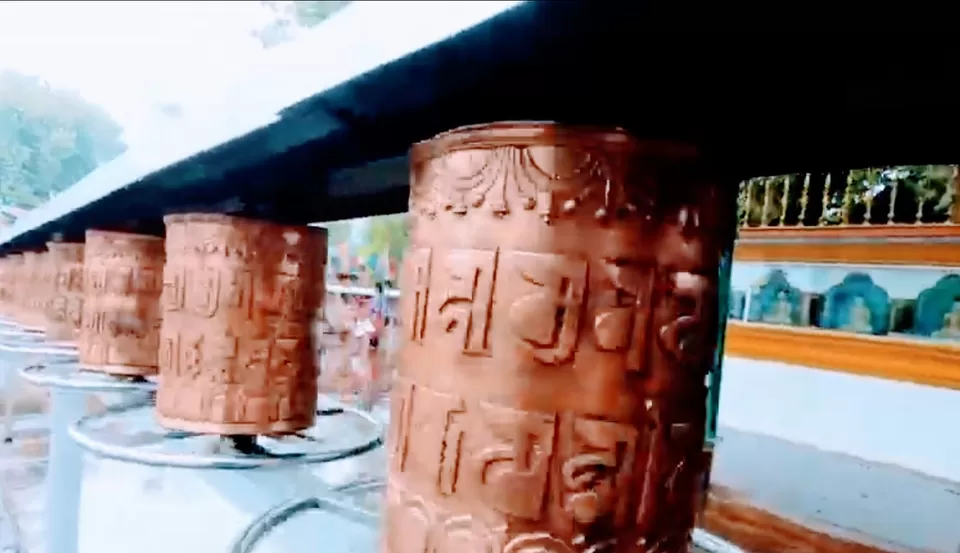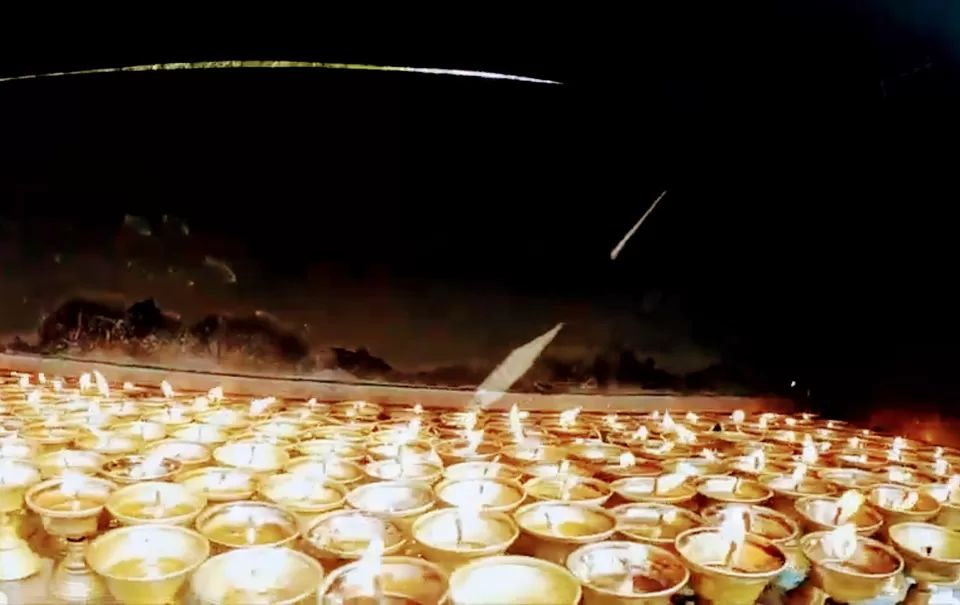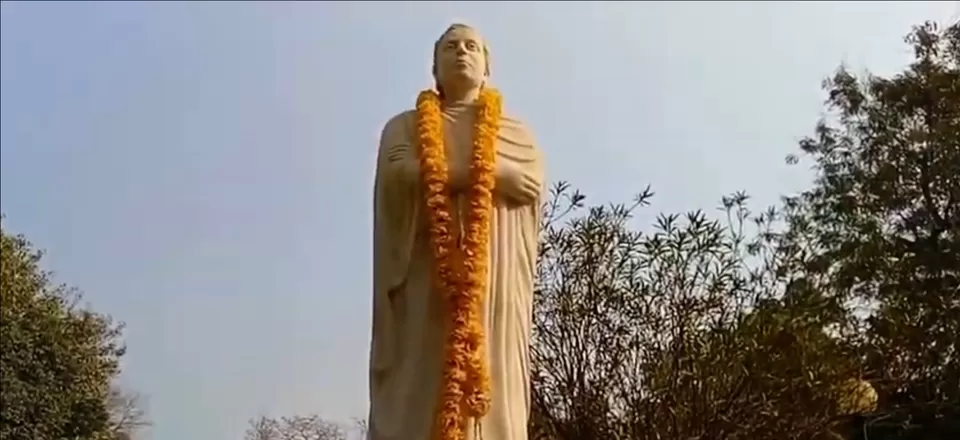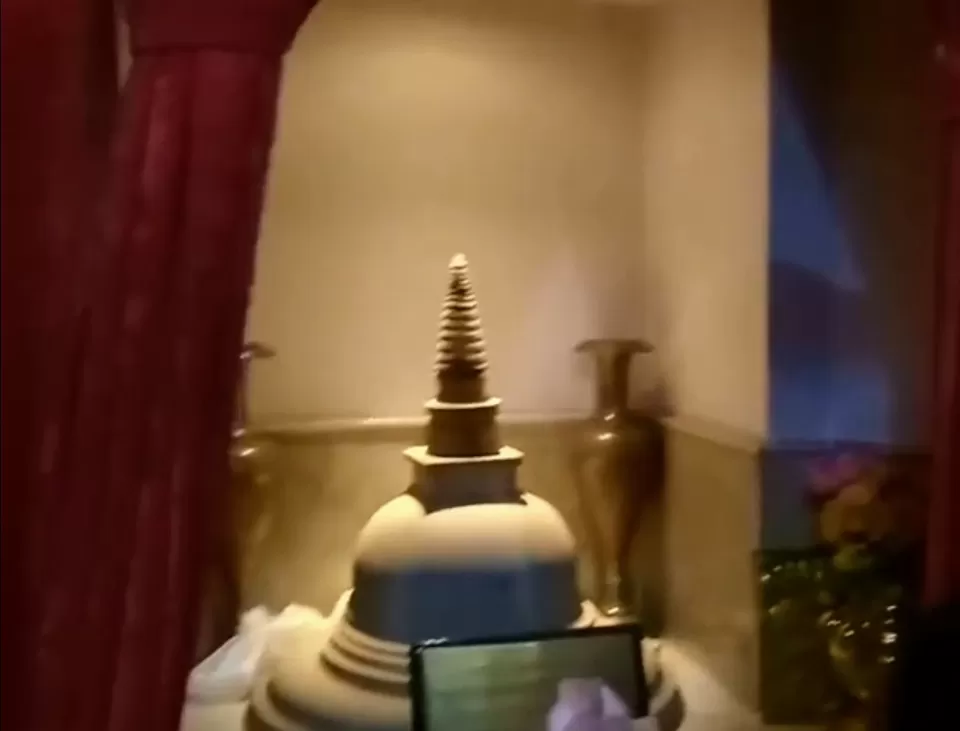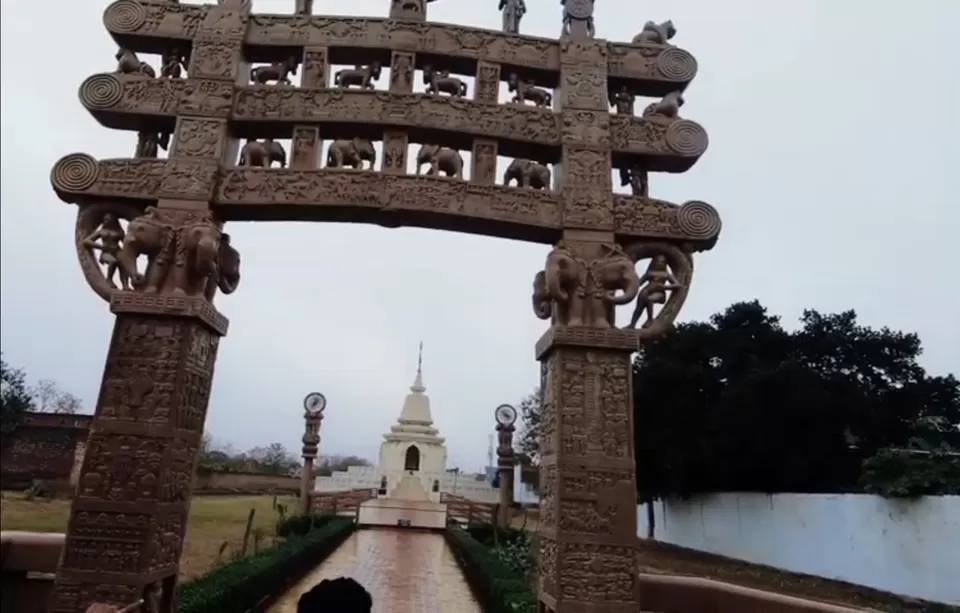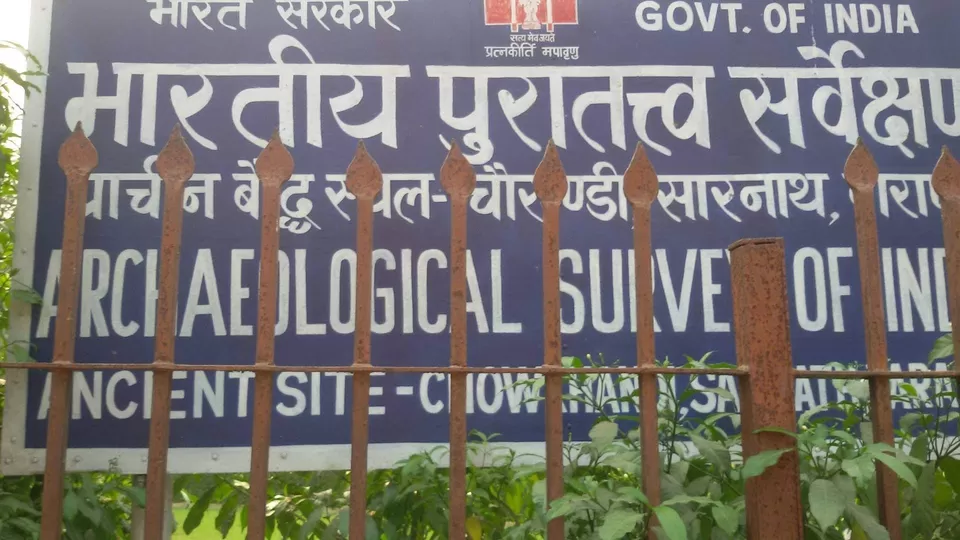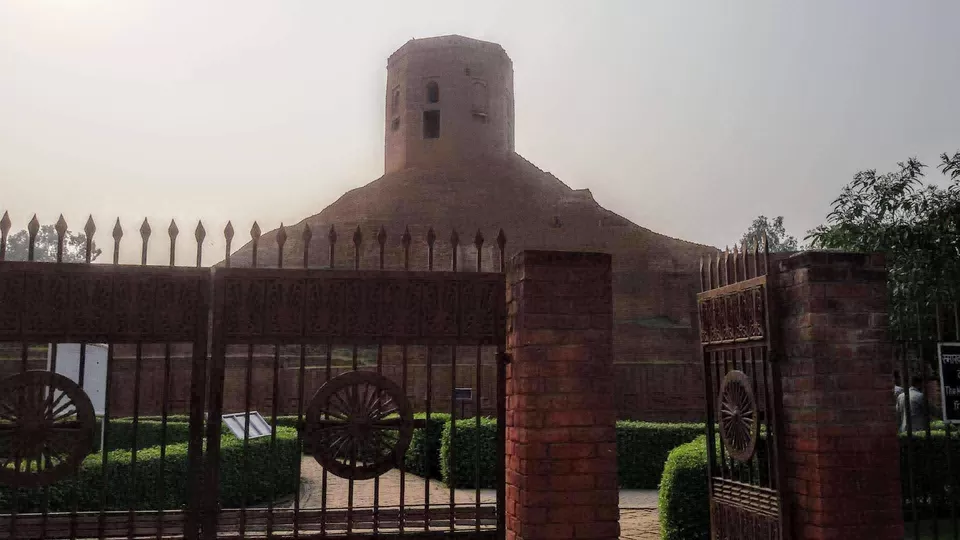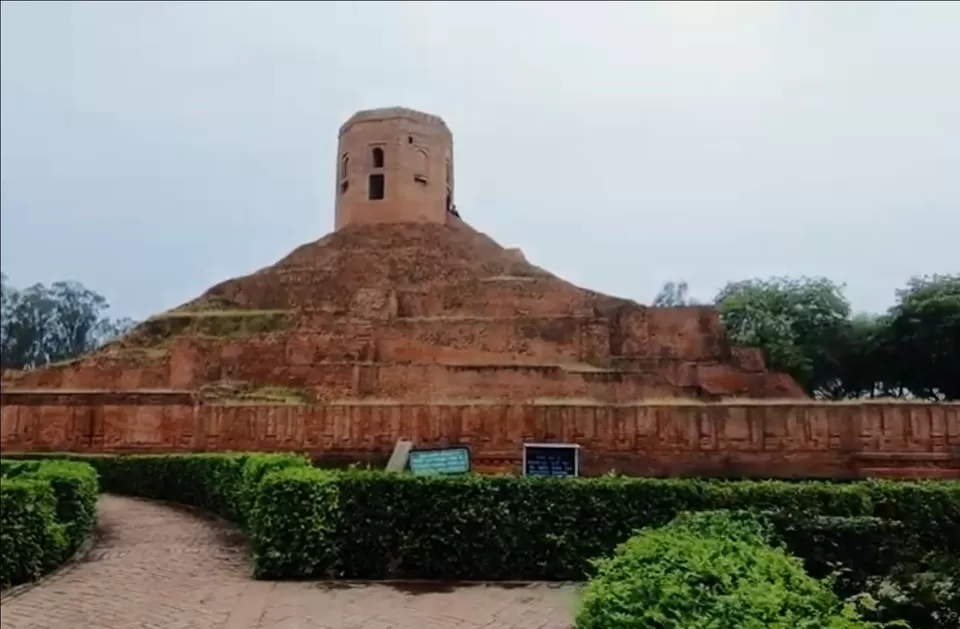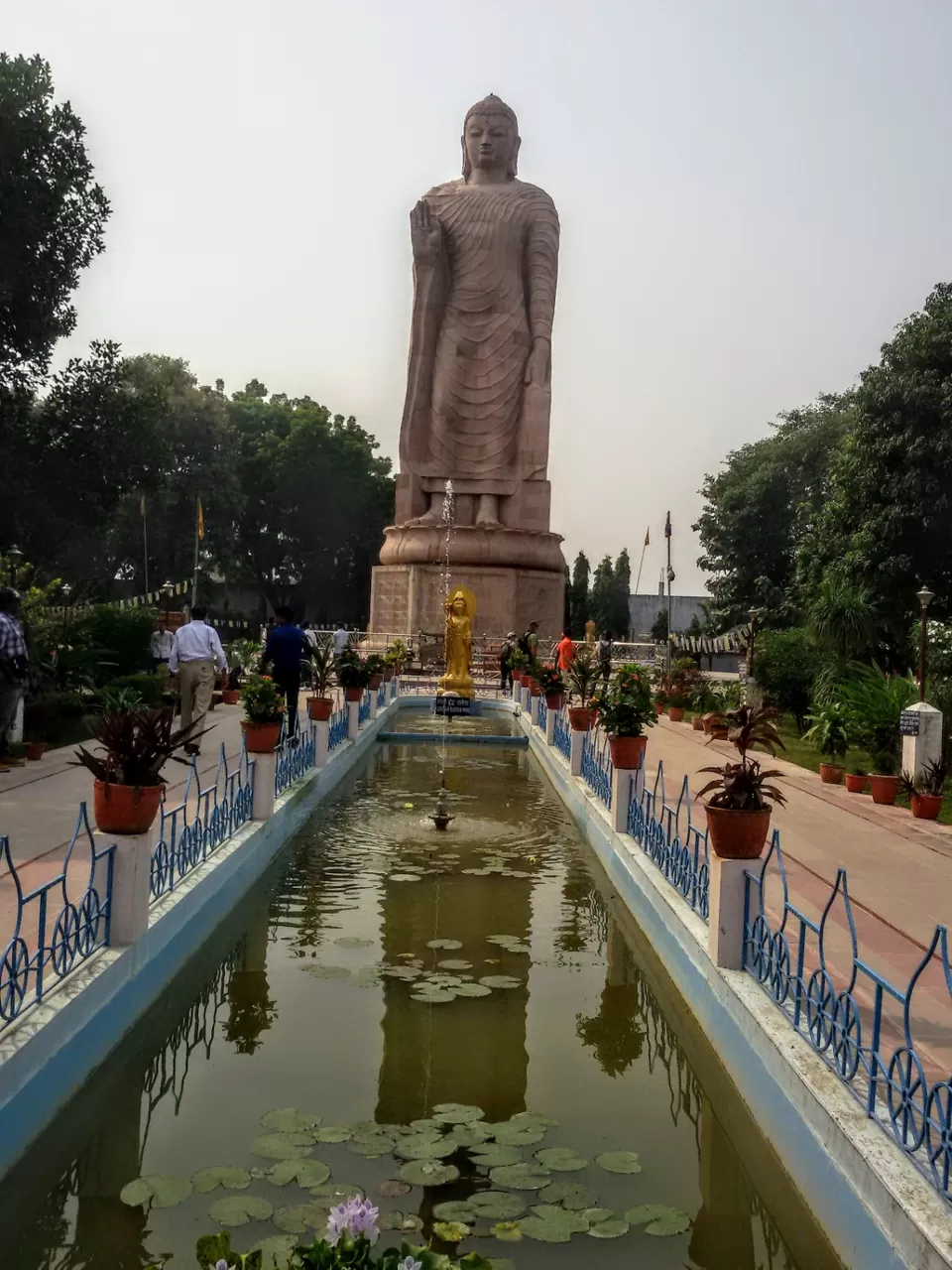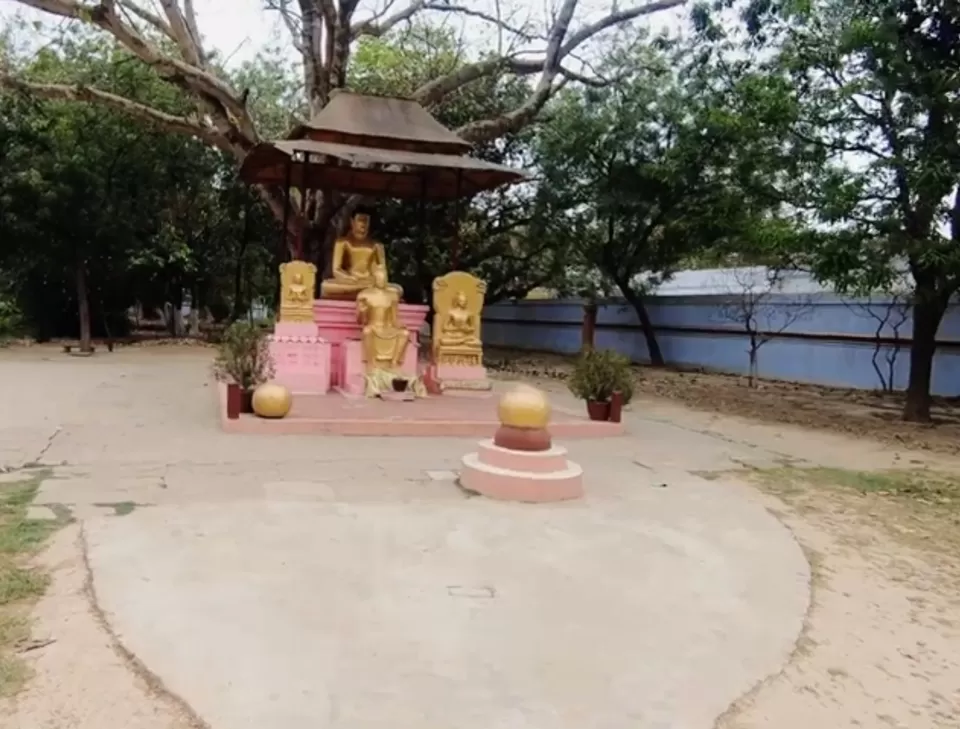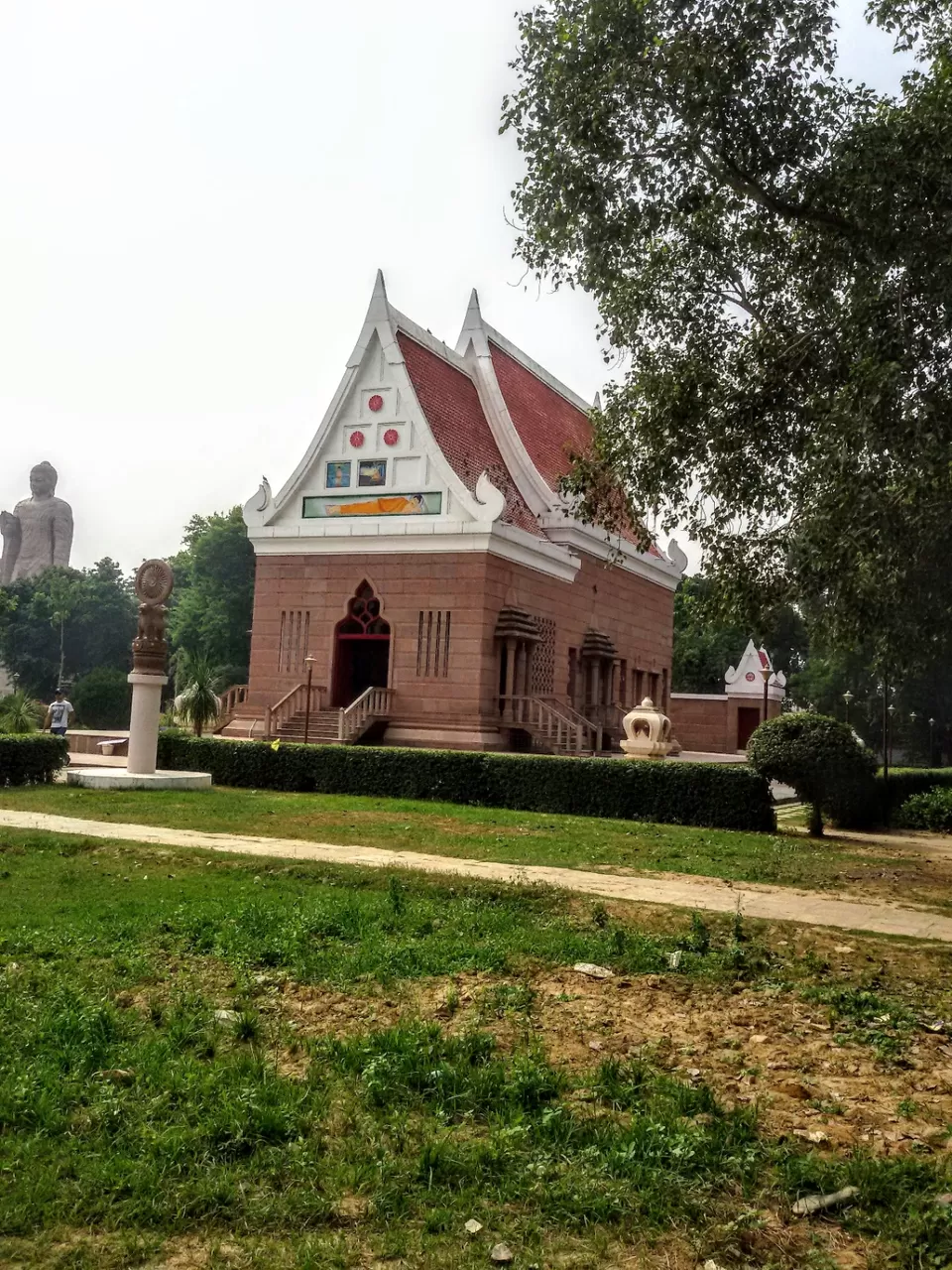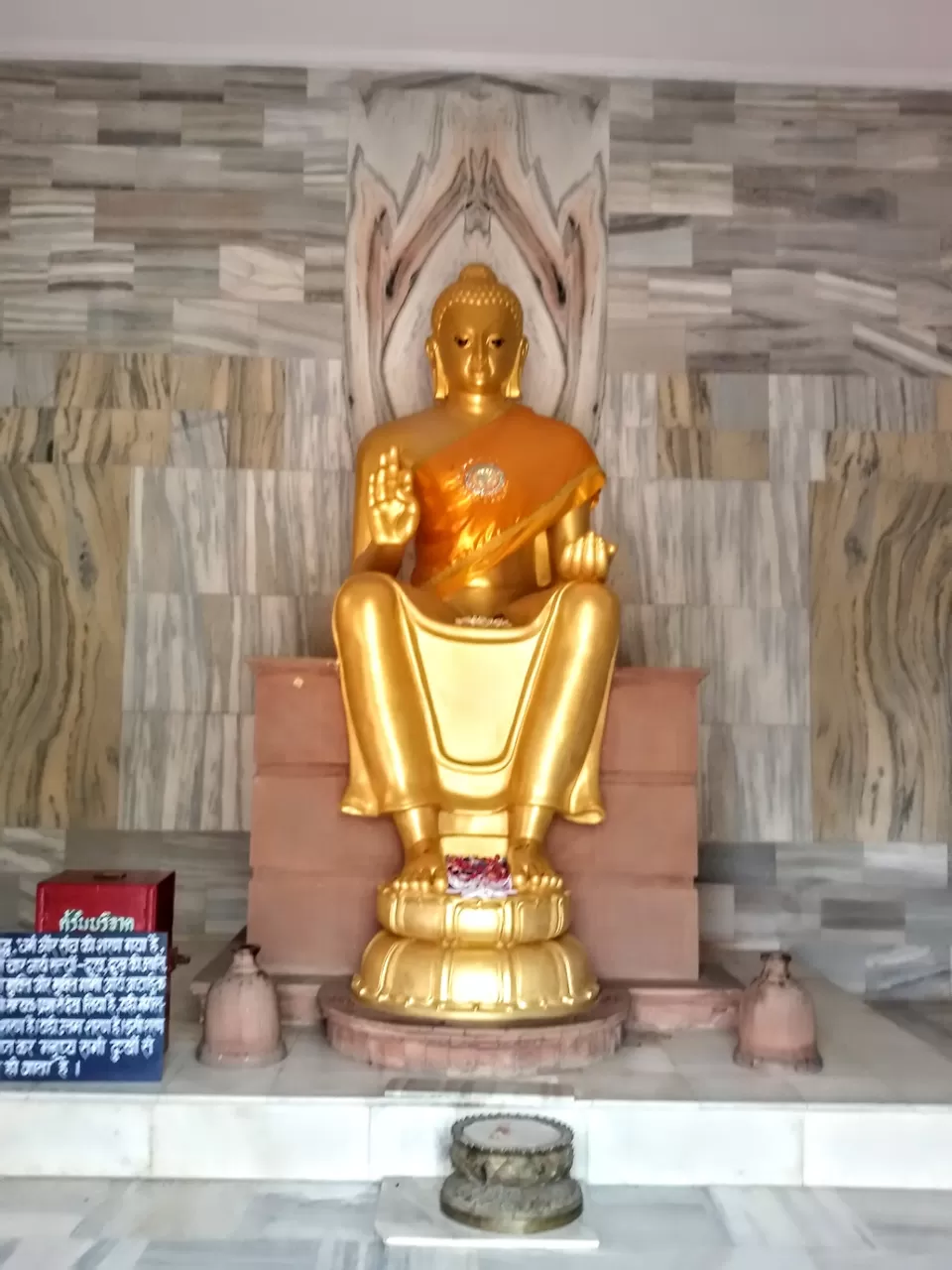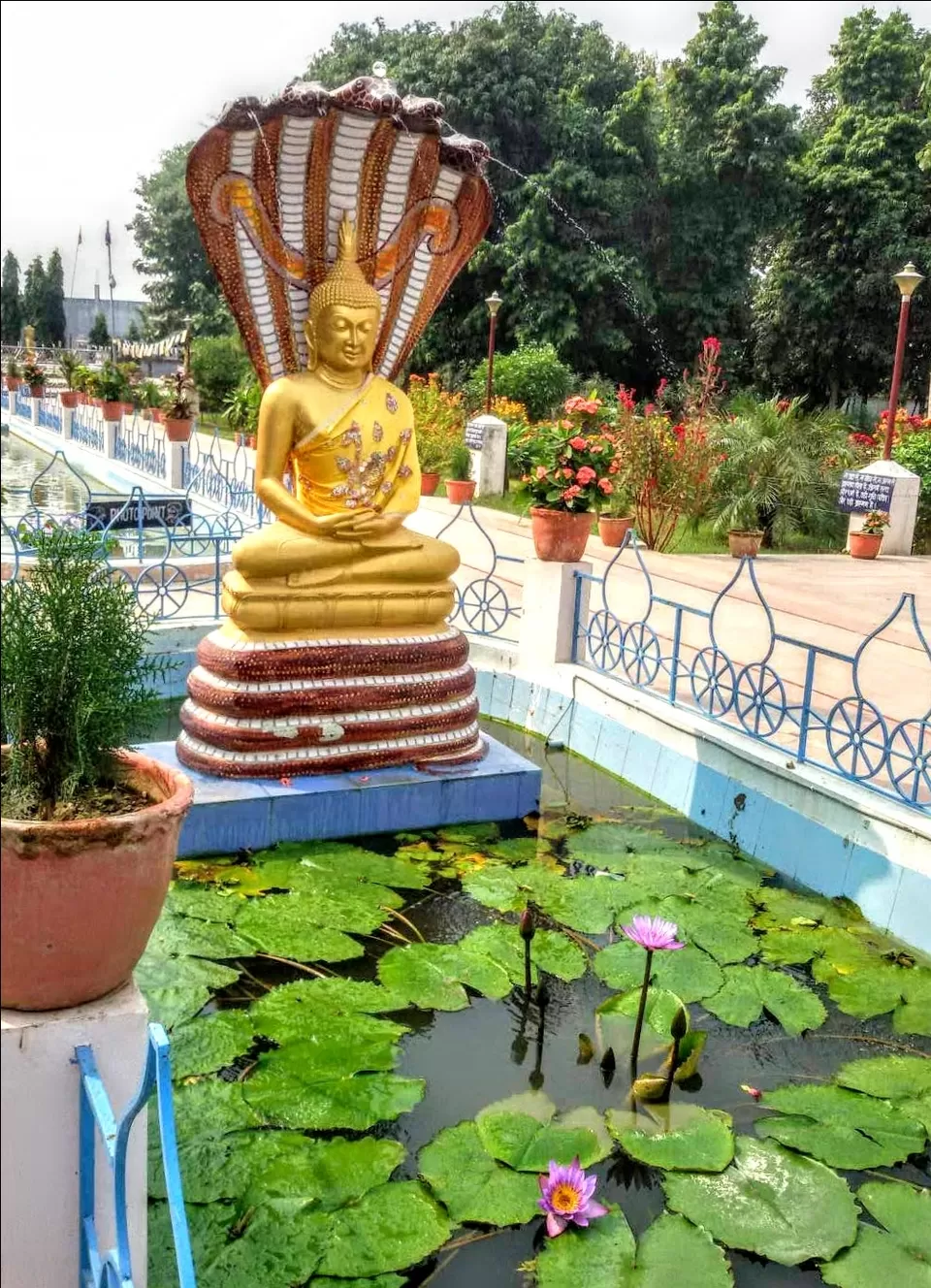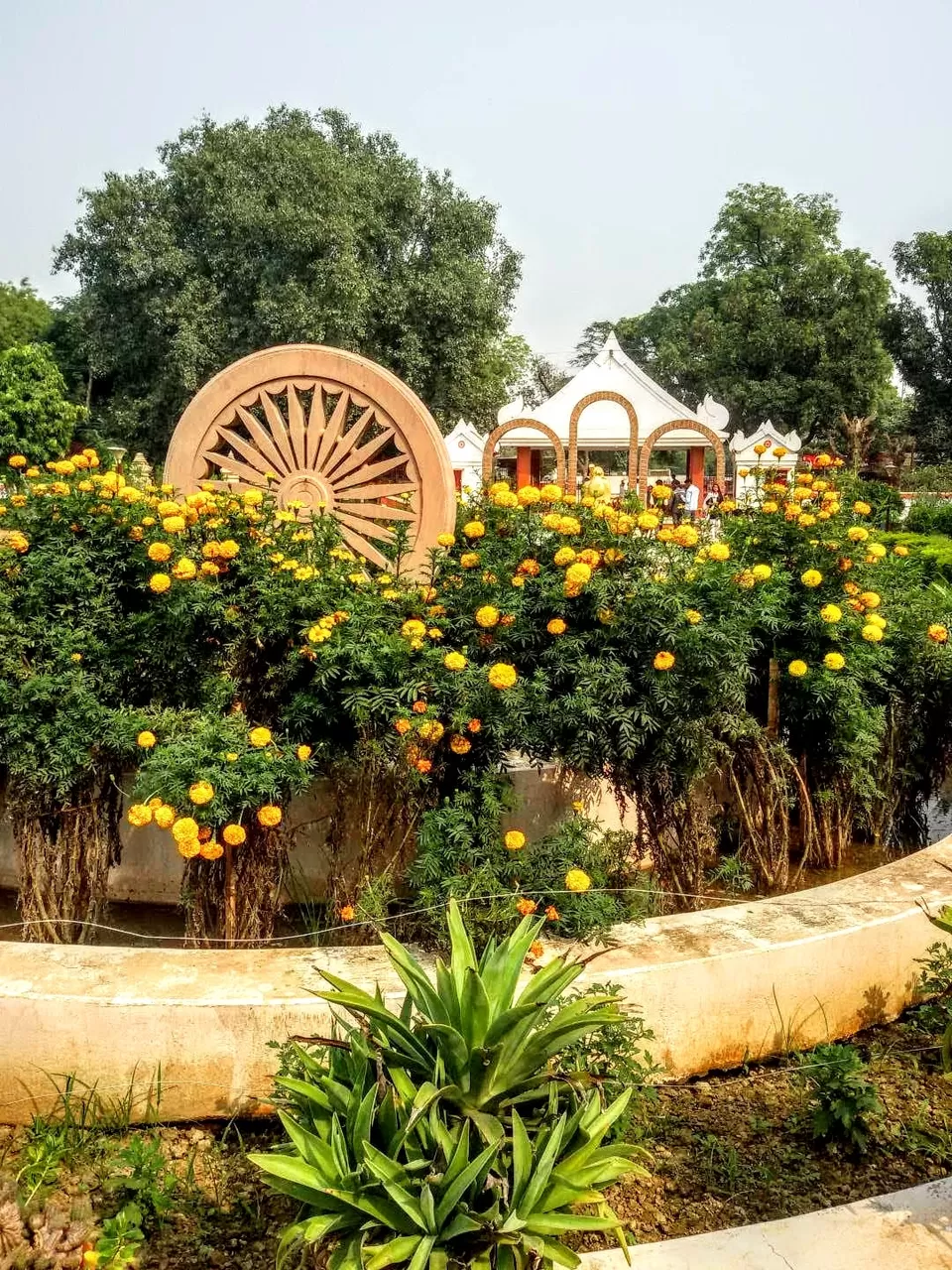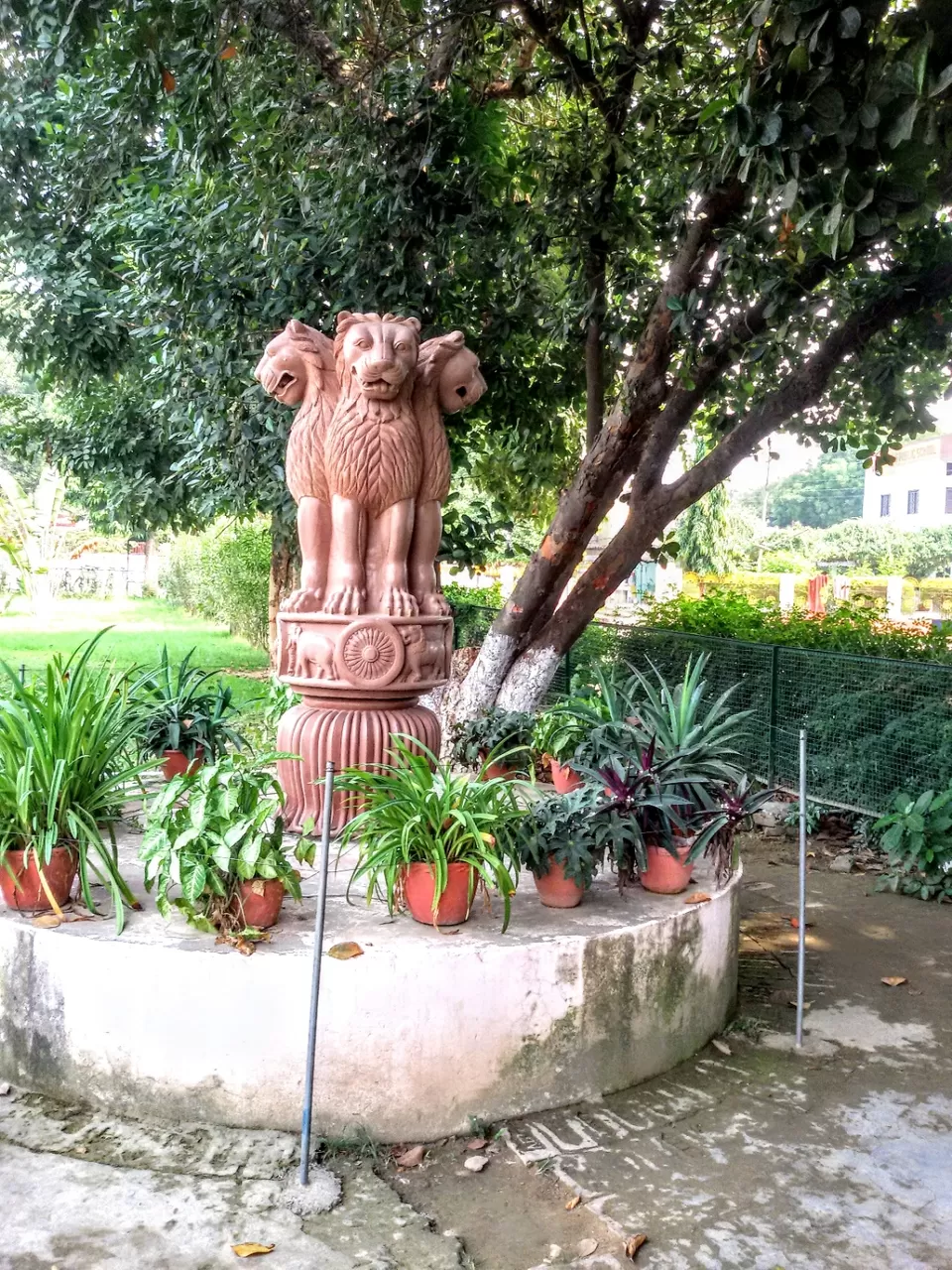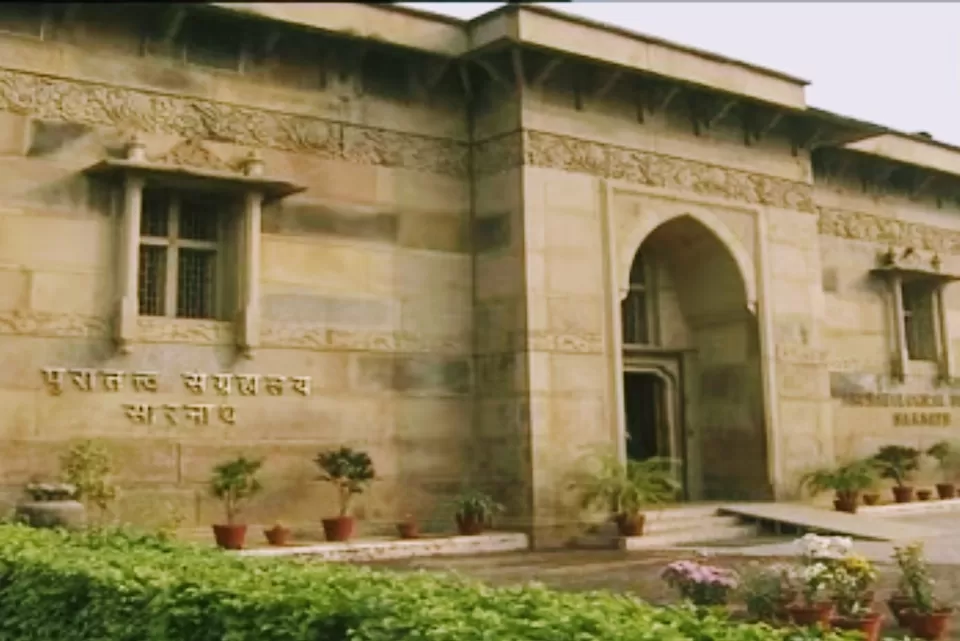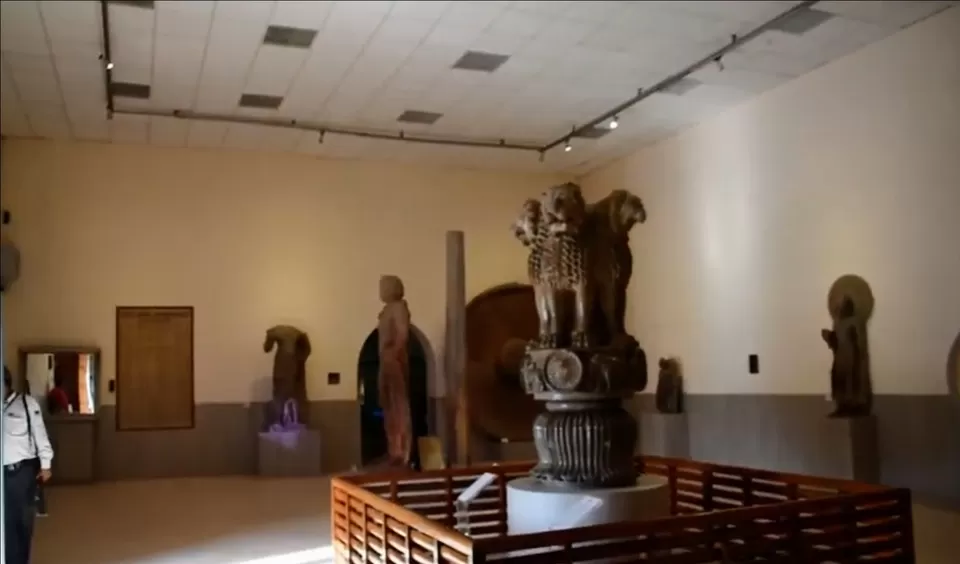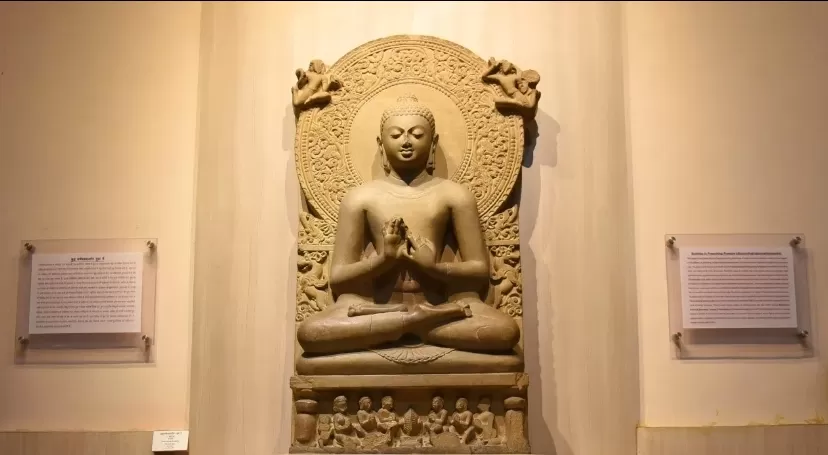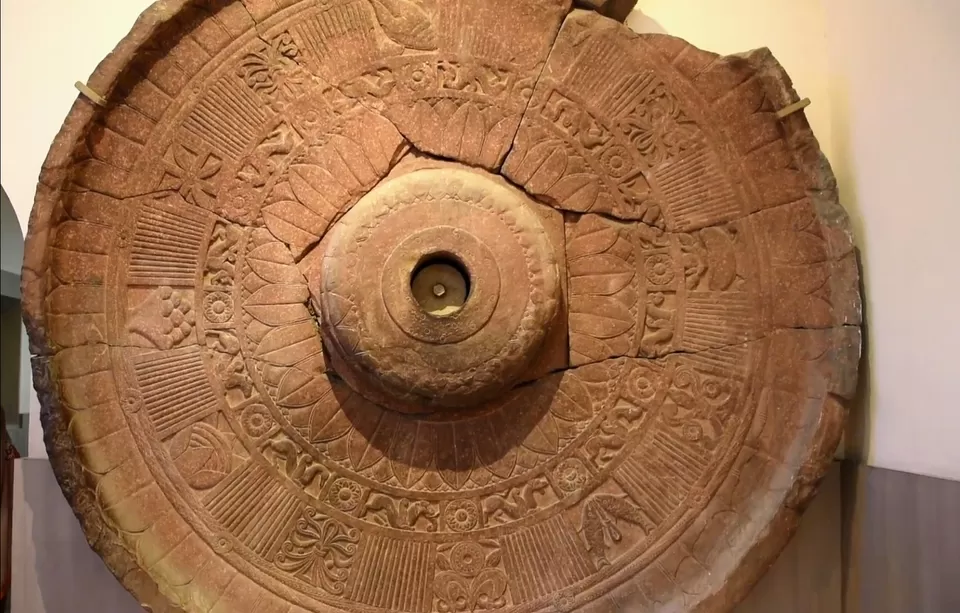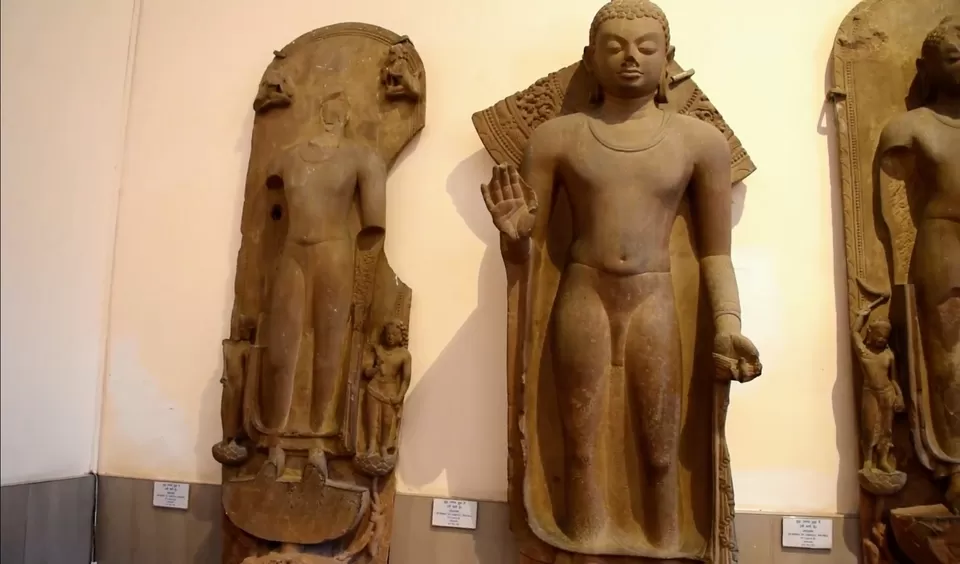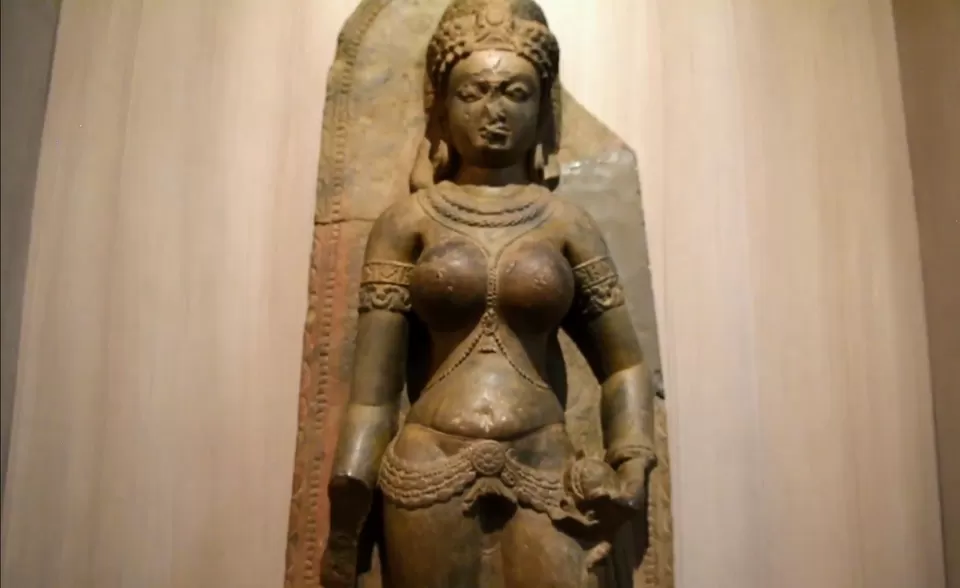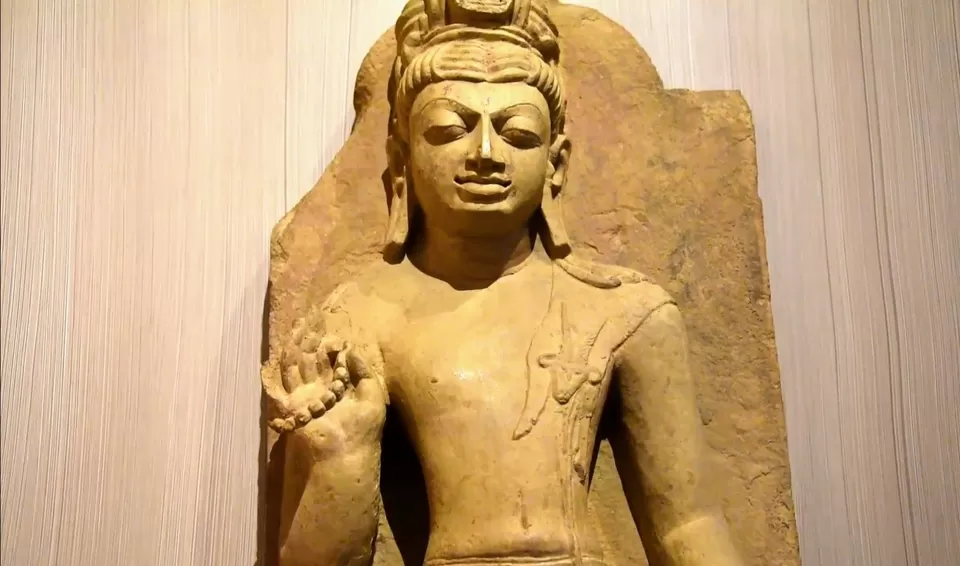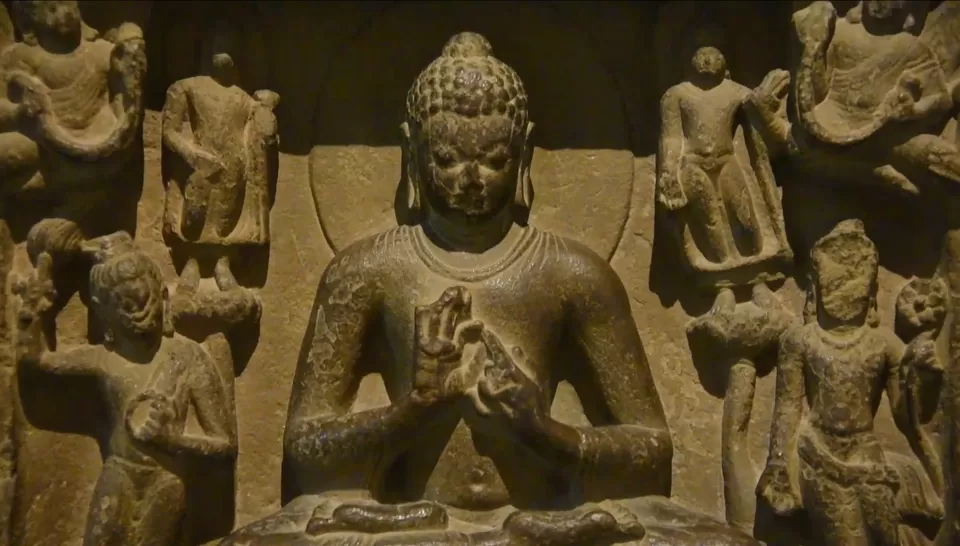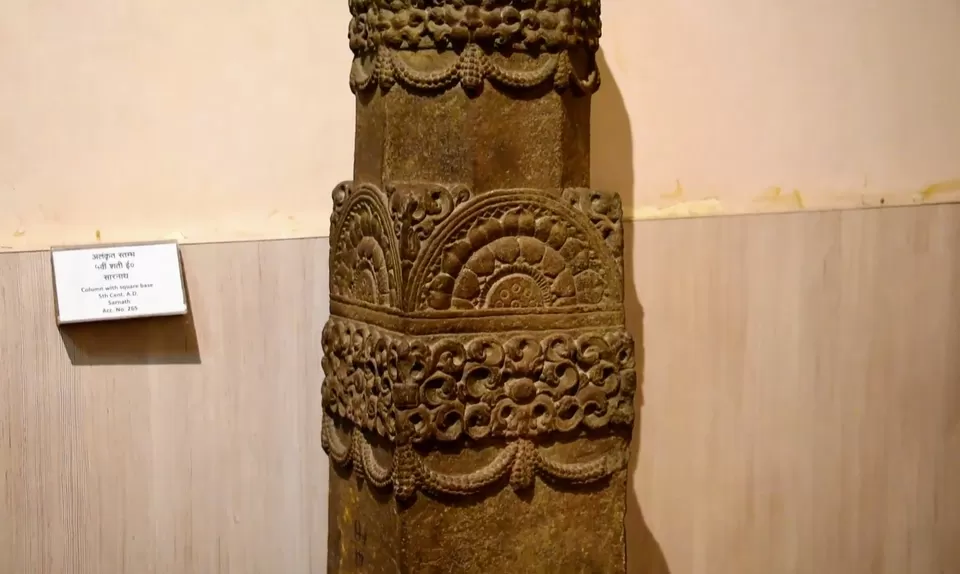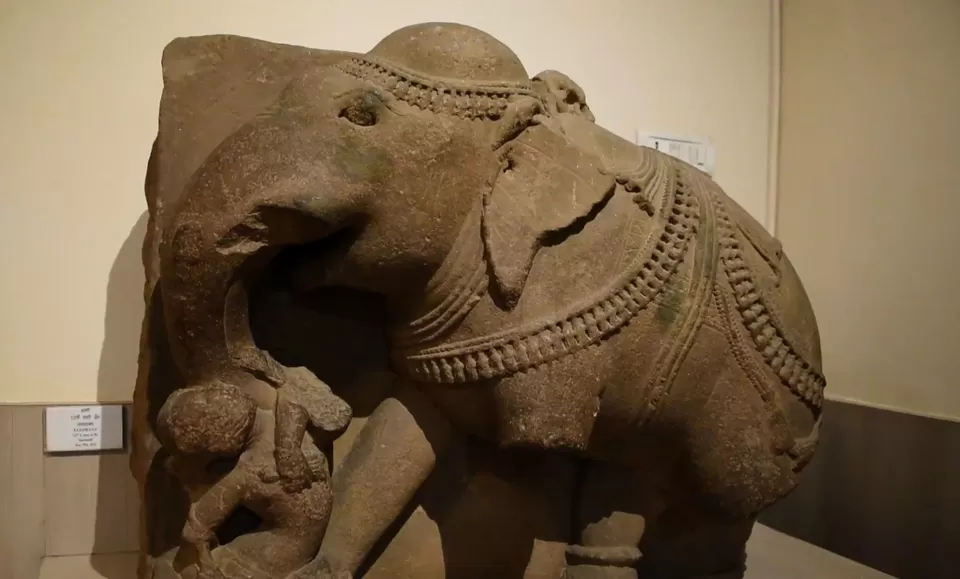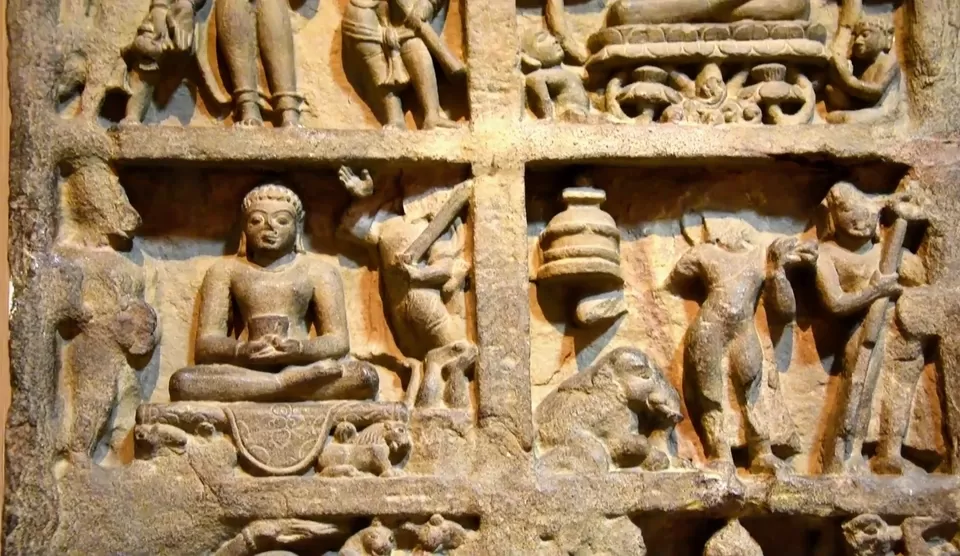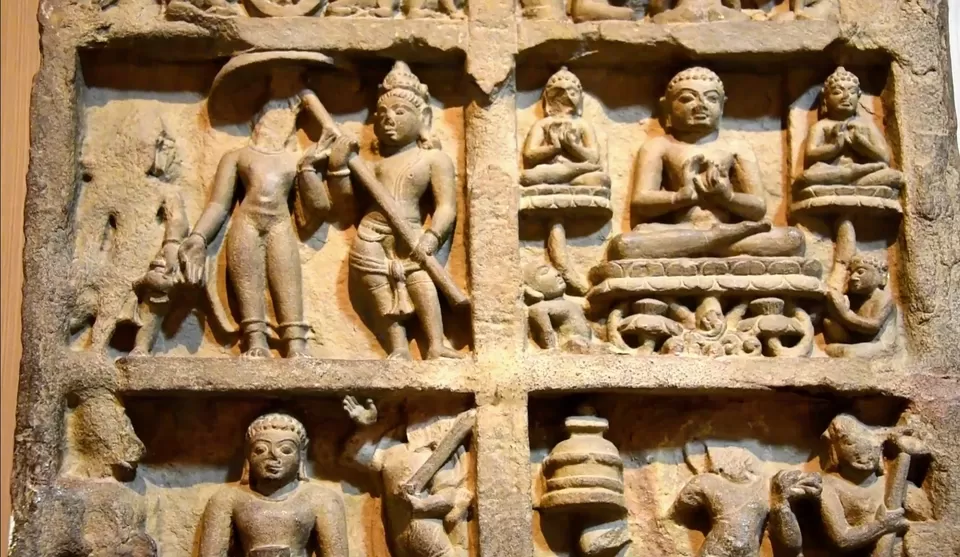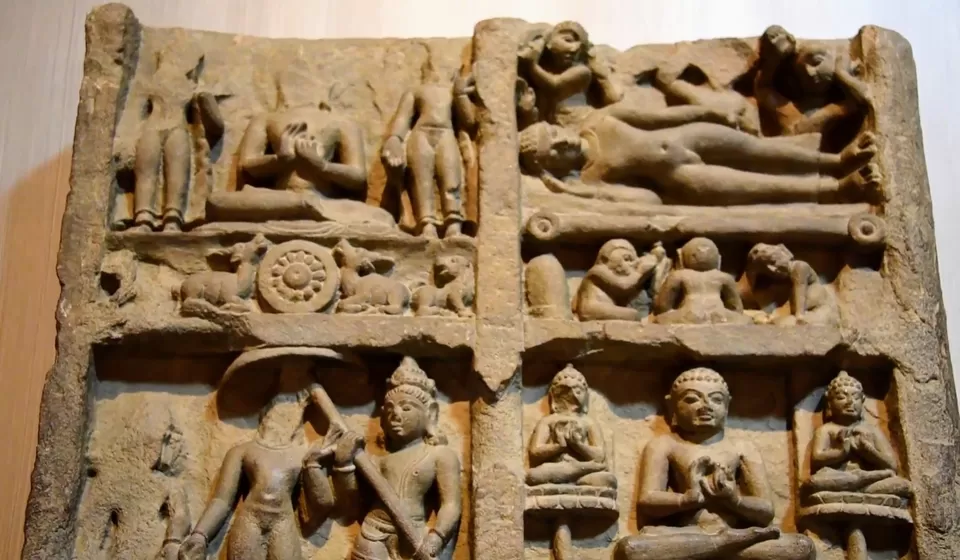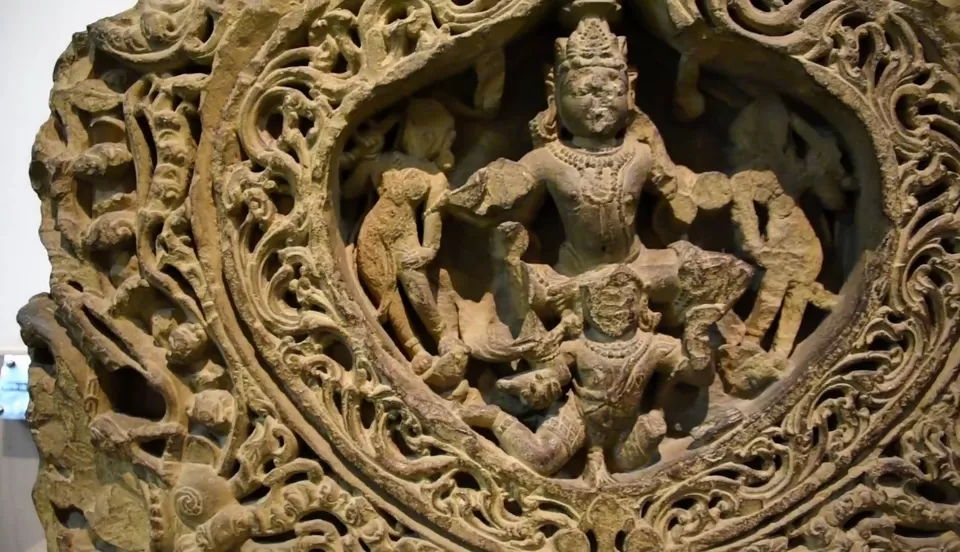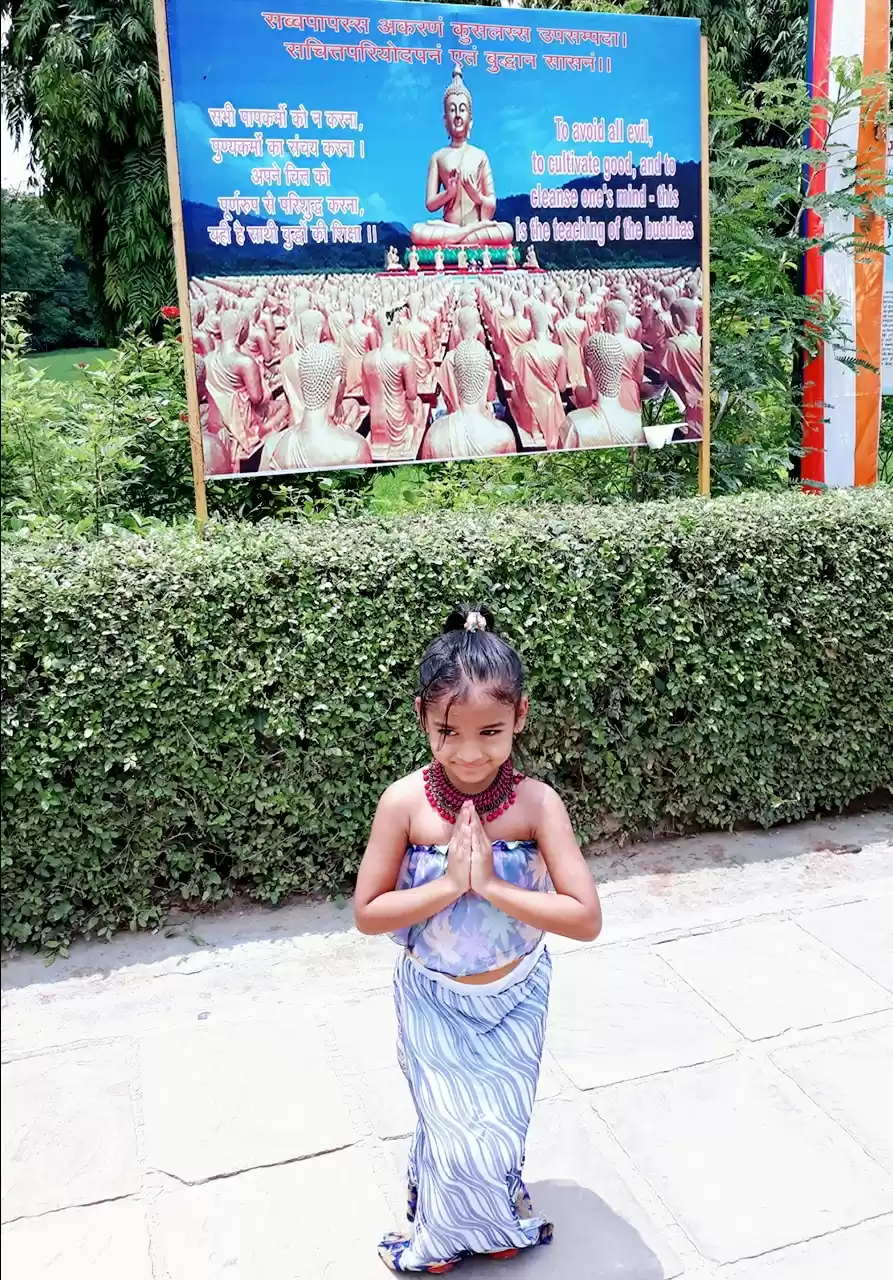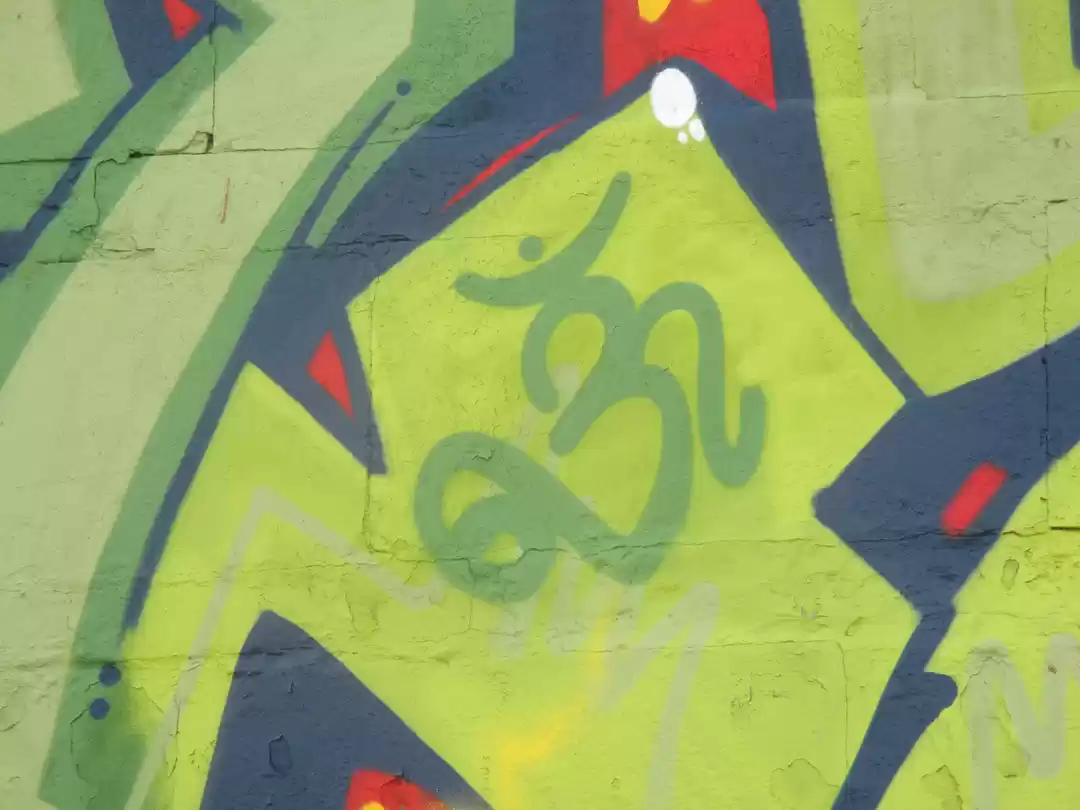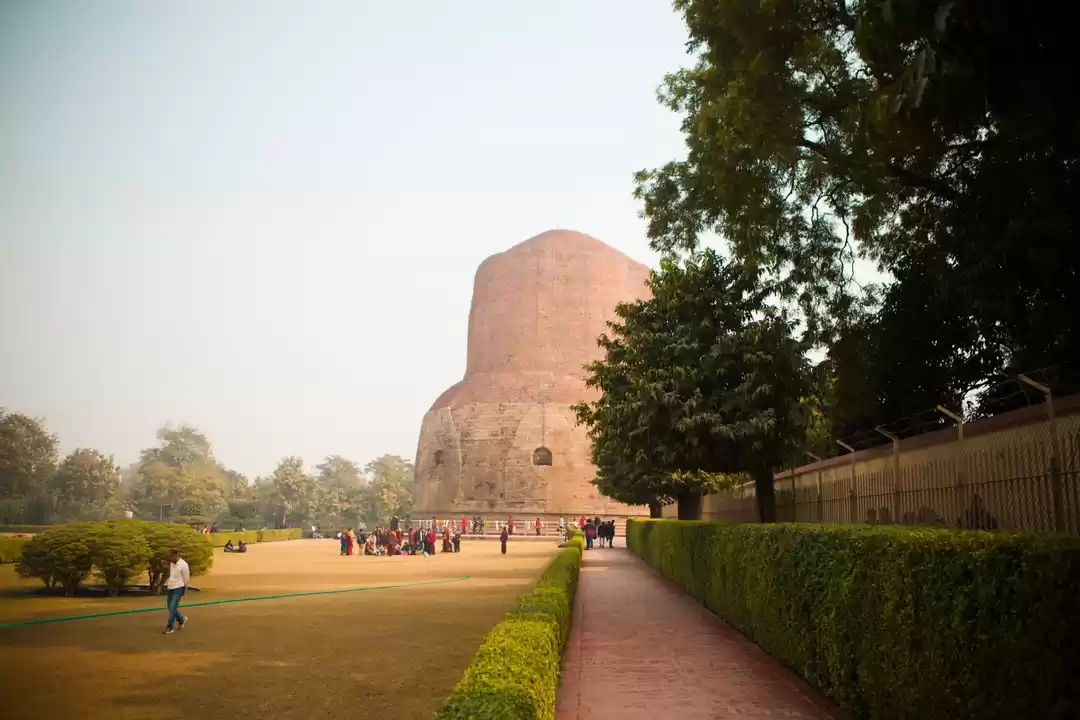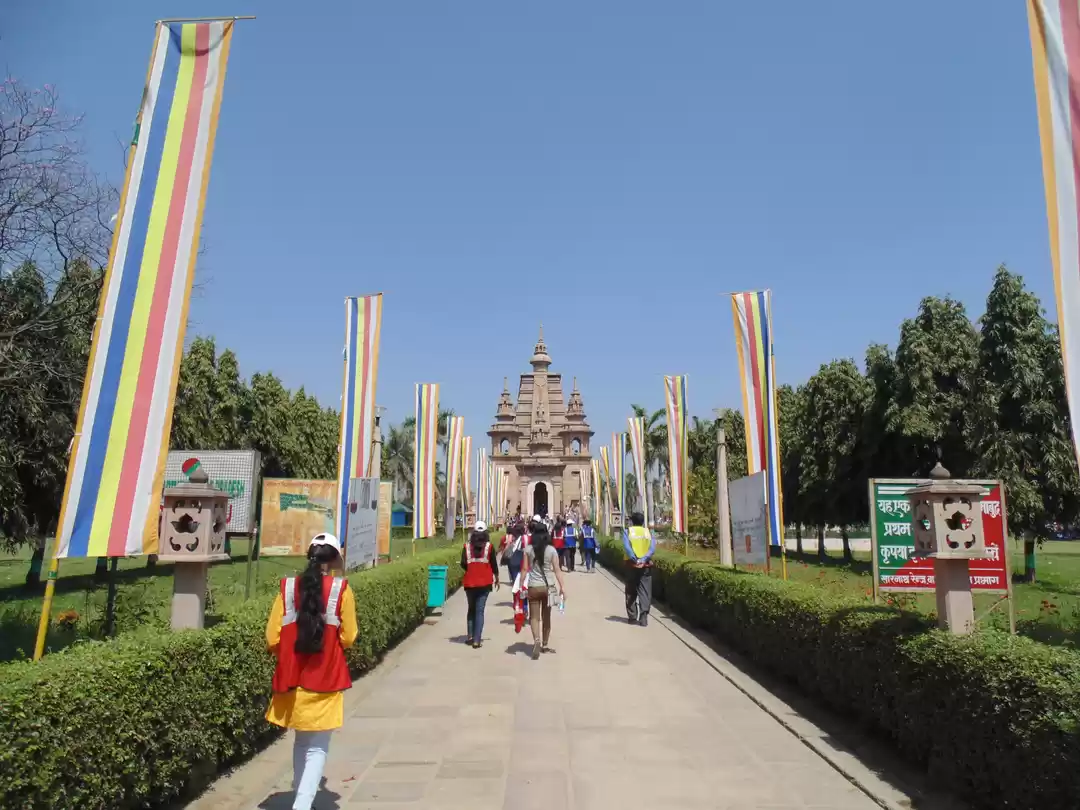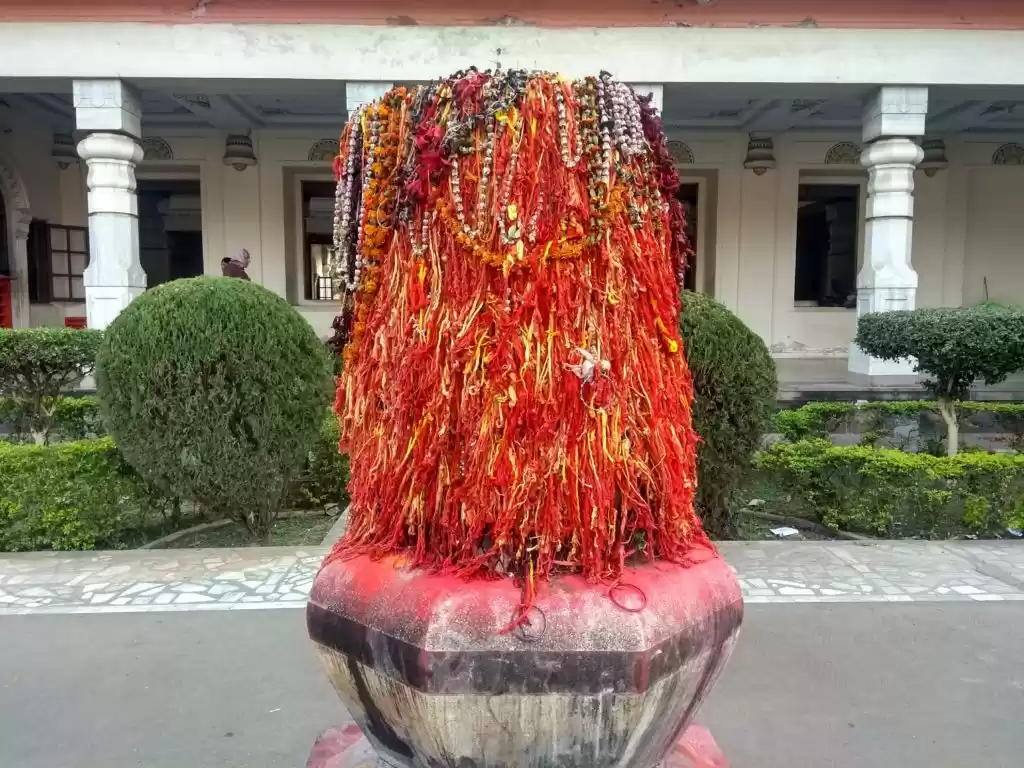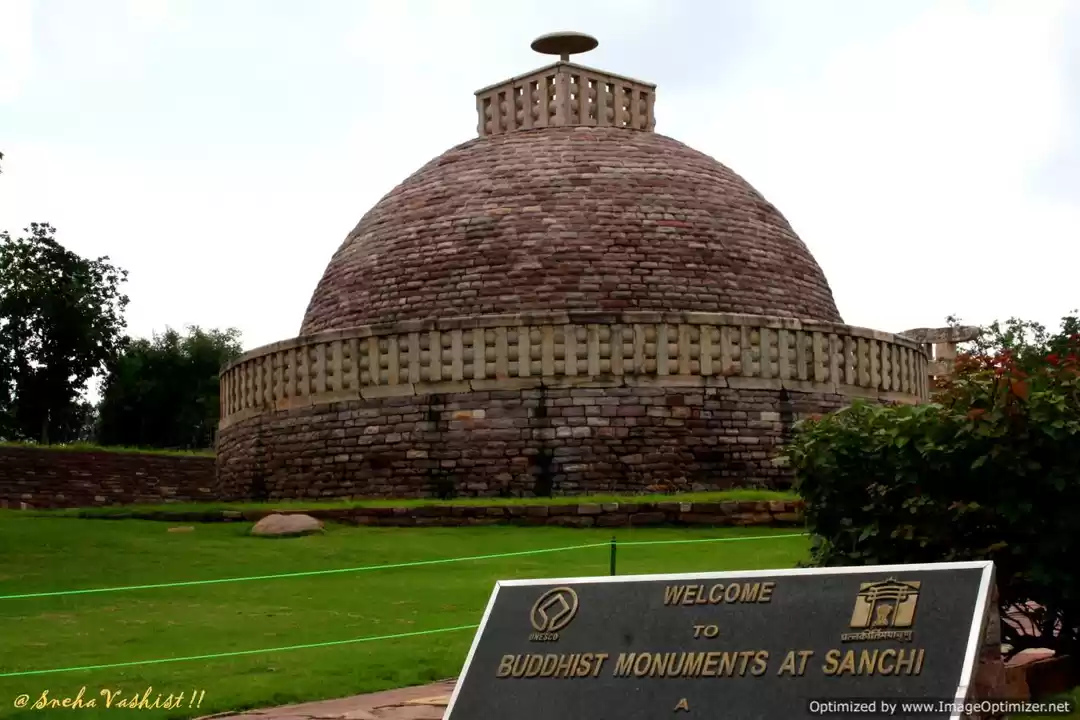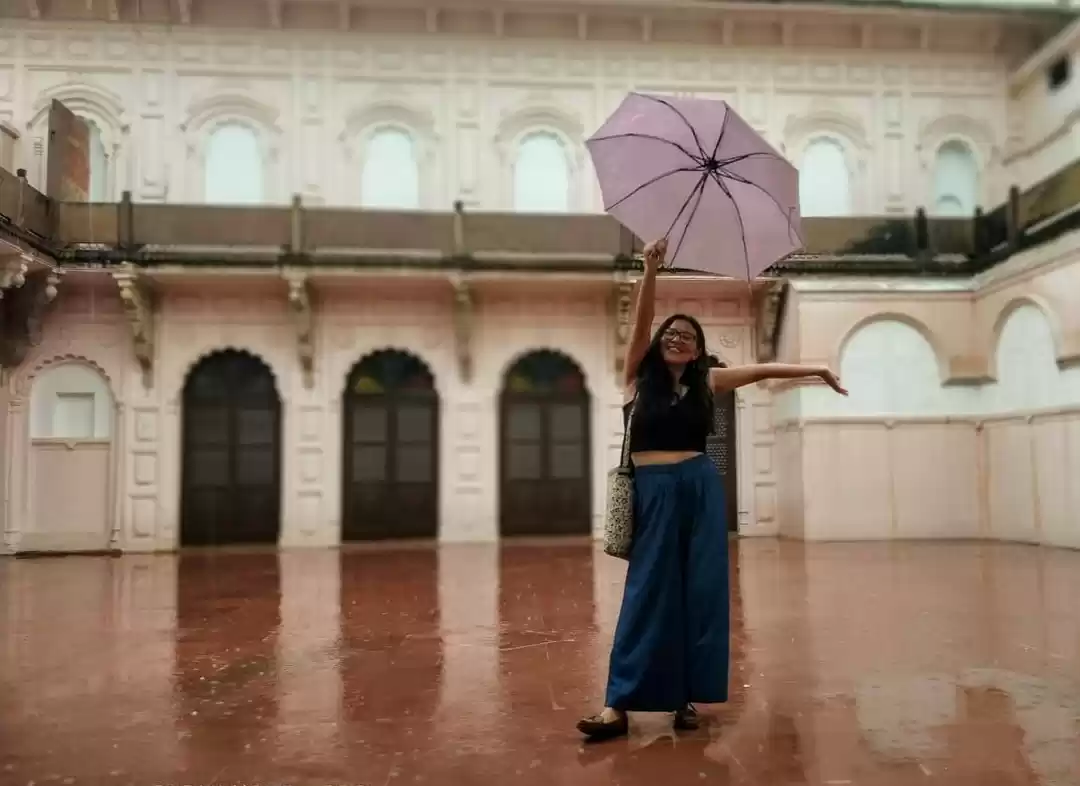Speak of Sarnath and the mind conjures up images of monks in maroon coloured robes, circumambulating the Dhamek stupa of chants and hymns! A truly serene setting!!
Sarnath derives its name from Sarangnath or the Deer God, and hence the place becomes truly special in symbolism. Since then, it has become part of the four key sites in the Buddhist circuit.
Sarnath formerly known as Rishipatana a small village in Uttar Pradesh 10 km north east of Varanasi, near the confluence of the Ganges and Varuna rivers, chief claim to fame is the Deer Park where Gautam Buddha first preached Dharma, and where the first Sangha was formed.
(Rishipatana - Sanskrit - rishi/ Isipatana ~ Pali - isi).
Sarnath is also the origin of our national Emblem, sourced from one of the most significant contributions of Emperor Ashoka-the Lion Capital.
Buddhism, as a philosophy of life is followed in many countries with over 400 million followers worldwide. Yet, very few know that inside Sarnath is the place called the Deer Park where Buddha came to give his first sermon, after receiving enlightenment under the Bodhi Tree, at Bodhgaya.
Dhamek Stupa is the location where Buddha first encountered the five Parivajrakas ( roaming monks), and delivered the First Sermon, after attaining enlightenment at Bodhgaya.
The Deer Park marks the exact location where he delivered his message of the noble eightfold path that would lead to Nirvana.
Built in approximately 500 CE, the Dhamek Stupa is huge, cylindrically shaped, 144 feet in height, with a diameter of 29m. Around it are 8 niches which are thought to have once contained images.
Below these niches is a section of beautifully carved ornamentation, which remains partly preserved today, and highlights the high level of skill of the stone artisans of the Gupta period.
Even though, the stupa was enlarged six times, the upper part remains unfinished. A Chinese traveller, Xuanzang, who visited Sarnath in the fifth century wrote that during that period the colony had over 1500 priests and that the main stupa was nearly 300 feet high.
In 638 CE Hiuen-Tsang a Chinese traveler who visited Sarnath, records seeing the Dhamek Stupa, and observing over 1,500 priest there.
Dating back to 500 CE, it was constructed to replace an earlier stupa commissioned by Emperor Ashoka in 249 BCE along with several other monuments. In fact, the emperor had commissioned several stupas during his rule.
Stupas are Buddhist commemorative monuments which traditionally usually house sacred relics, including calcinated bones associated with Buddha.
Given the strong Buddhist roots, Sarnath is one of the four main Buddhist pilgrimage destinations in India. Also referred to as Isipatana, this city is mentioned by the Buddha as one of the four places of pilgrimage his devout followers should visit.
Sarnath is home to several Buddhist structures and monuments, some of them dating back to the second century BC.
Sarnath has immense spiritual significance for pilgrims of all faiths. The site is sacred for Jains too as Shreyansanath the 11th Tirthankar was born here at Singhpur, a km from here there is a temple dedicated to him.
The Archaeological and Excavation Area contains several ancient monuments unearthed
over a period of time including the Ashoka Pillar.
The pillars of Ashoka are actually a series of columns found in northern India.
It was in Sarnath that the great Indian Emperor Ashoka during his reign in the 3rd century commissioned several stupas and the famous Ashoka Pillar which is one of the few remaining pillars dating to his reign.
A symbol of India's inclusive heritage!
All these pillars averaged between forty and fifty feet in height and weighed about fifty tons each. They were quarried at Chunar, a town near Varanasi and then dragged to the place where they were erected.
Although several pillars had been constructed only nineteen with inscriptions on them survive to this day. Of these, the pillars of Ashoka in Sarnath are the most famous. They have four lions seated back to back. The symbol has been adopted as the national emblem of India.
These four lions symbolise power, courage, pride and confidence.
The wheel or Ashok Chakra from the base is placed in the centre of the Indian national flag.
Ashoka built the Sarnath pillar to commemorate the site of the first preaching of Lord Buddha, where he taught the Dharma to five monks.
Even though the pillar is still in its original location, the Ashoka Lion Capital has been shifted to the Sarnath Museum for better preservation.
The Lion Capital of Ashoka comprises four lions, standing back to back, mounted on a cylindrical abacus. The abacus features the sculptures of an elephant, a galloping horse, a bull, and a lion, separated by intervening 24-spoked Dharma wheels over a bell-shaped lotus.
The four lions from this pillar are today the national emblem of India. The wheel from the pillar occupies the pride of place in our national flag.
Sarnath is also mentioned as Isipatana in the Buddhist literature since more than five hundred sages fell here after attaining Nirvana. There are also prayer wheels in the compound with beautiful carvings of 'Om Mani Padme Hum' in Sanskrit. The graphic representation of the Ashoka Pillar and the words 'Satyamev Jayate' written below in Devanagari have been adopted as the official Emblem of India.
Several excavations have been carried out since 1907, and many ancient monuments and structures have been unearthed that throw light on the birth and evolution of Buddhism in northern India.
The village is the focal point of Buddhist pilgrims, visitors, historians and archaeologists, who come here to study the monuments and unravel the ancient scripts of the engravings on these structures.
The Chaukhandi Stupa is an evolution over burial mounds and serves as a shrine to the great Lord Buddha. The Stupa is greatly revered by the Buddhist community.
Stupas trace their roots to burial mounds and house relics related to Buddha. It is believed that the Chaukhandi Stupa was originally built as a terraced temple during the Gupta period between the 4th to 6th century to commemorate the site where Buddha met his five disciples who had got estranged before he went to Bodh Gaya.
The divinity of the monument is felt in the air that surrounds it. A tranquil vibe of piousness fills up the air, and you can feel each breath of this pure air cleansing your soul. Staring at this majestic structure leaves you in awe of its magnanimous stature and unmatched beauty.
The stupa was later modified to its present shape when the octagonal tower was added to commemorate the visit of Mughal Emperor Humayun.
There are several other stupas in Sarnath including Chaukhandi Stupa that house the calcinated bones of Buddha.
The Mulagandha Kuti Vihar is a more recent addition, built by the Maha Bodhi society in 1931.It was built by Angarika Dharmapala, who was the founder of Mahabodhi Society and is still maintained and run by the Mahabodhi Society.
Mulagandha Kuti Vihar is basically a monastery and temple which commemorates the original Mulagandha Kuti Vihar.
One of the most ancient temples in India, built in the Gupta period entirely out of bricks.
A Buddhist monk, Dharmapala from Sri Lanka encountered the dilapidated condition of Sarnath, he campaigned to collect global funds from Buddhist countries and revive the temple. Finally, a temple was built next to the archaeological site, which was a replica of the original shrine in the site.
With donations from royal kings and worldwide governments, he erected the temple we see today close to the original site. Japanese artists were hired to paint the walls and frescoes at this stunning place of worship.
Dharmapala also collected some ashes of Buddha, preserved in Myanmar, and stored it at Mahabodhi Society Temple. Propagated from Gaya to Sri Lanka and back to Sarnath, the Mahabodhi tree at this temple is revered as a relic of Buddha himself.
The building itself is very pretty and the Mulagandha Kuti Vihar has become one of Sarnath’s greatest attractions for tourists. It is said that the consecration drew devotees from all over the world to witness and seek blessings.
The entrance foyer is decorated by a huge bell that was gifted by Japan and the interior houses a golden statue of the Buddha on a marble platform. The insides are completely dominated by fresco-covered walls depicting scenes from Buddha’s life and are made by Japanese artist Kosetsu Nosu and are said to have been completed in 1936.
The frescoes are an excellent source of knowledge if someone is interested in knowing more about life of the Buddha right from his birth to the attainment of Mahaparinirvana.
The Archaeological Museum in Sarnath was established in the year 1910 CE by Sir John Marshall, the then Director-General of Archaeology in India. It was constructed just adjacent to the excavated site at Sarnath to keep the antiquities found from the site.
The museum building was started in 1904 and was completed in 1910. It is the oldest museum site of the Archaeological Survey of India.
The Archaeological Survey of India has since 1930 carried out excavations here and unearthed several monuments, structures and artefacts in what is known as the Archaeological and Excavation Area.
The artefacts found here are displayed in the Sarnath Museum. These include antiquities ranging from the 3rd century BCE to 12th century AD including the finest specimens of Buddhist art. As the findings are mostly from Buddhist monasteries or vihar, the plan of the building was designed by James Ransome on the pattern of a Sangharam or a vihar. The whole building is made of sandstone with a flat roof.
The museum contains five galleries and two verandahs to display the antiquities ranging from the 3rd century BCE to 12th century AD that have been found at Sarnath.
The museum has around 6,832 sculptures, artifacts, and edifices comprising numerous Buddha and Bodhisattva images and other ancient remains.
The single most famous exhibit of this museum is the Lion Capital of Ashoka, which was originally erected around 250 BCE atop an Ashoka Pillar at Sarnath.
The museum also houses a collection of figures and sculptures from the Mauryan, the Kushana, and the Gupta periods. Prominent among them is the earliest Buddha image found at Sarnath and many images of Hindu Gods dating from the 9th to 12th centuries.
The Wat Thai Temple and Kagyu Tibetan Monastery are also worth a visit.
Popularly known as the Thai Temple, this Hinayana Buddha temple was built in 1933. One sees many devotees in orange robes moving around the temple compound and paying their regards.
A huge standing Buddha statue is on the left side of the temple and towers over 80 m, the construction of which is said to have taken more than a decade. There are running fountains with blooming lotus flowers before approaching the statue. A variety of flowers of various colours grow in the compound. Calm prevails in the Thai Temple which makes it feel like a very divine experience. There and no charges for entry and timings are from sunrise to sunset.
Kagyu Tibetan Monastery or the Vajra Vidya Institute set-up by Thrangu Rinpoche. The centre is set near the Deer Park where Buddha delivered his first sermon.
The Kagyu Tibetan Monastery, the largest in Sarnath, is built in the style of Nalanda Monastic Institute near Bodh Gaya. Currently, the Institute has about 15 monks and 4 nuns in residence who are here to study.
It would be advisable to visit Sarnath from end October to mid March, when the weather is pleasant. In Summer temperature upto 45° F it's too hot and dry.
Do carry a umbrella and drinking water along with you!
Sarnath Museum Timings: 9 AM - 5 PM Closed on Friday. Please Recheck before visiting.
Museum Entry: Rs. 5 Per Person. Please Recheck before visiting.
To Reach Sarnath
Sarnath is well connected by road and railways.
Sarnath has a railway station with connectivity to Varanasi and Gorakhpur through passenger trains. One would find express trains to all major cities from there.
Government buses and private tourist buses ply regularly to Sarnath from Varanasi which is hardly ten kilometres away. Cabs are readily available, and there is a dedicated parking area.
P.C. Pranati Kamani
